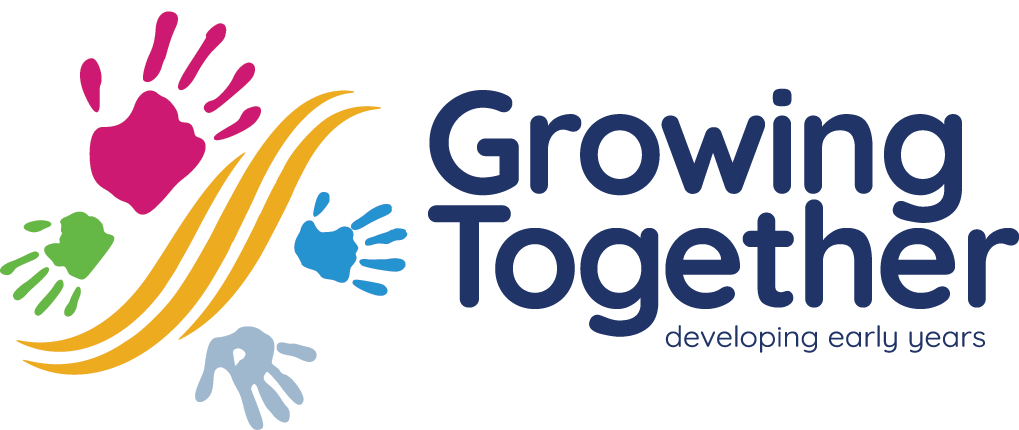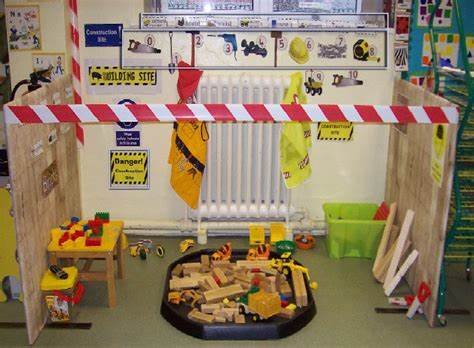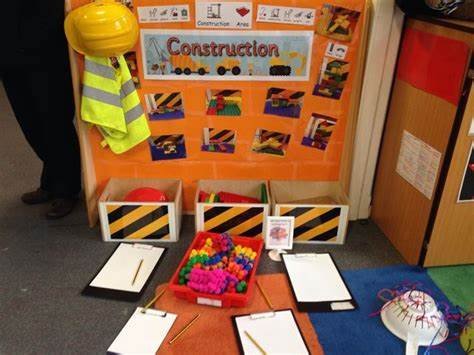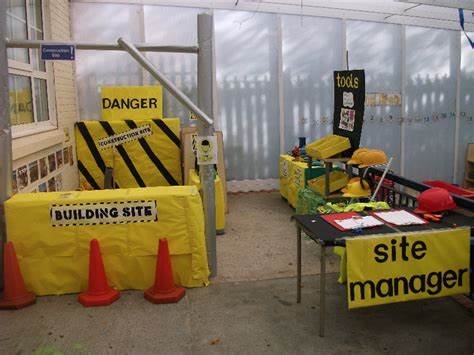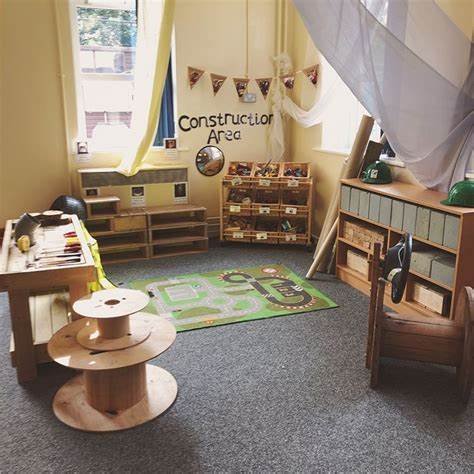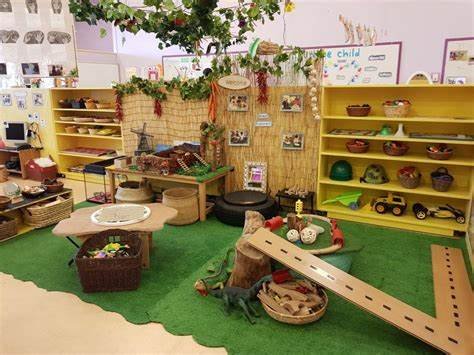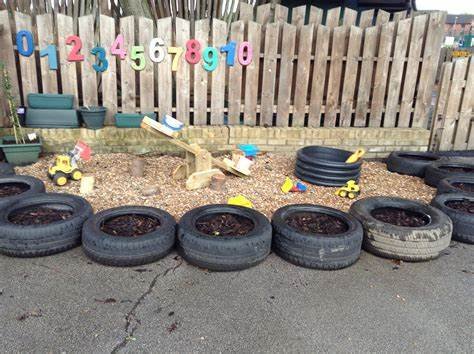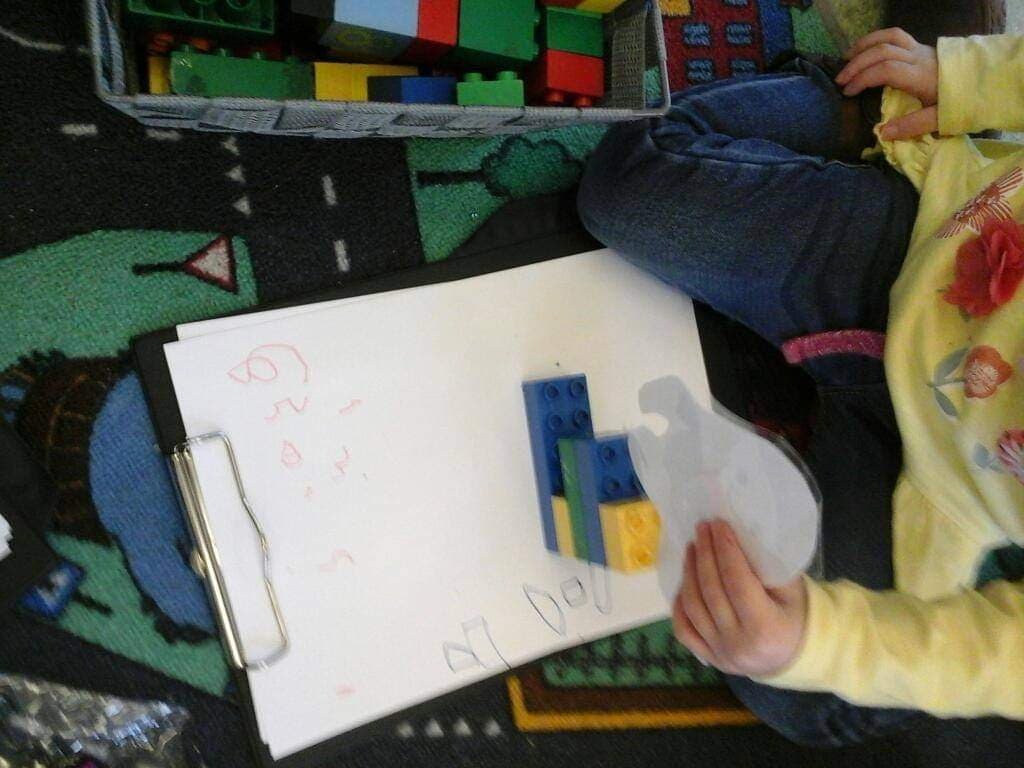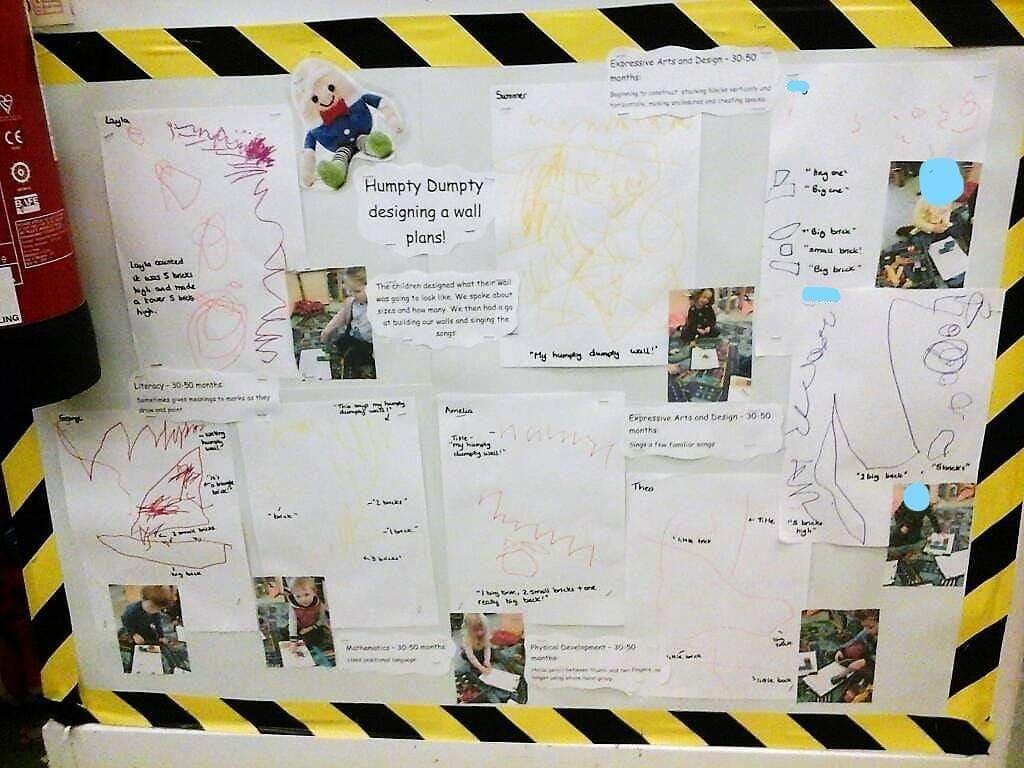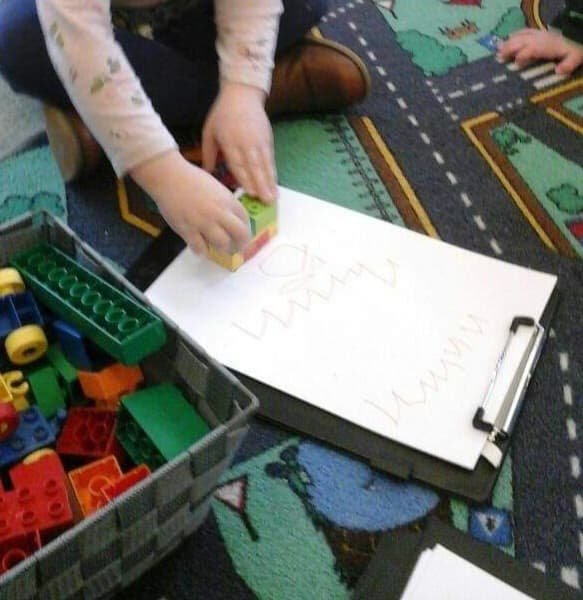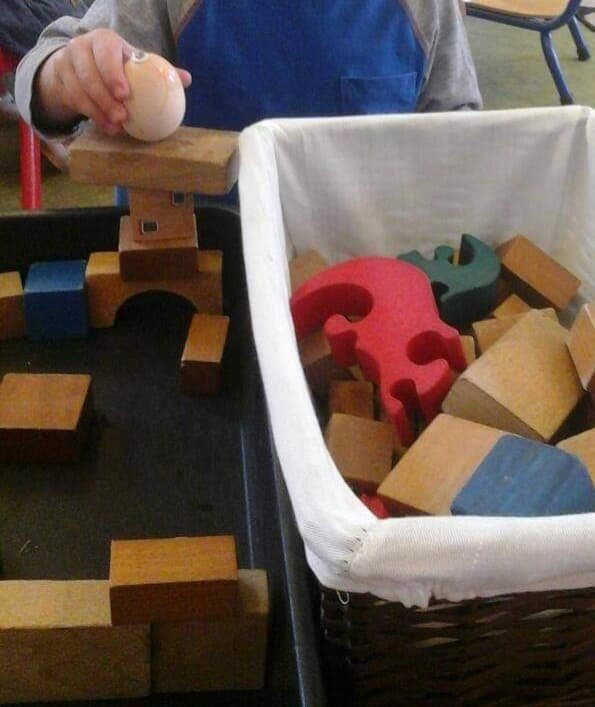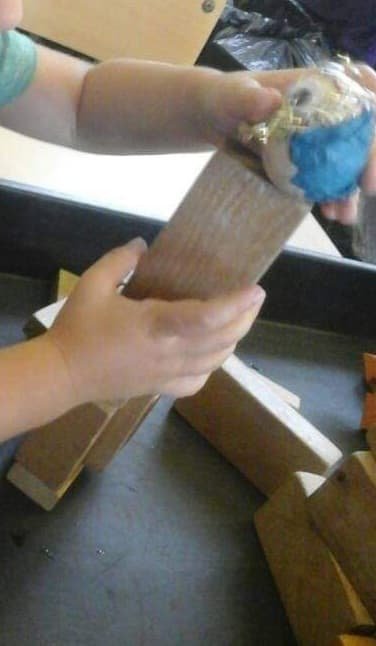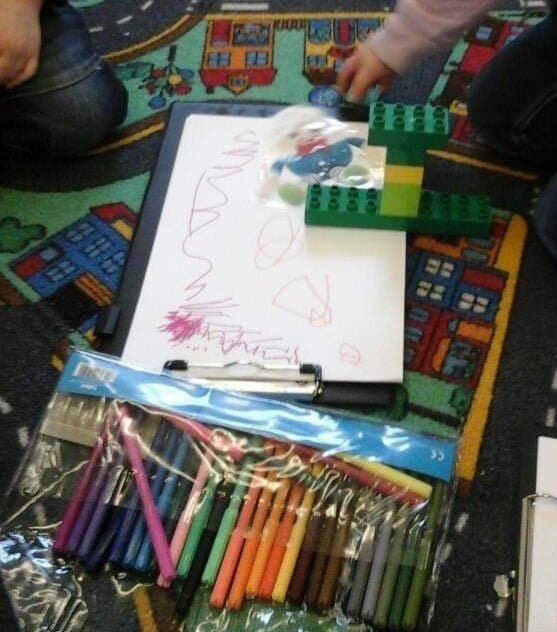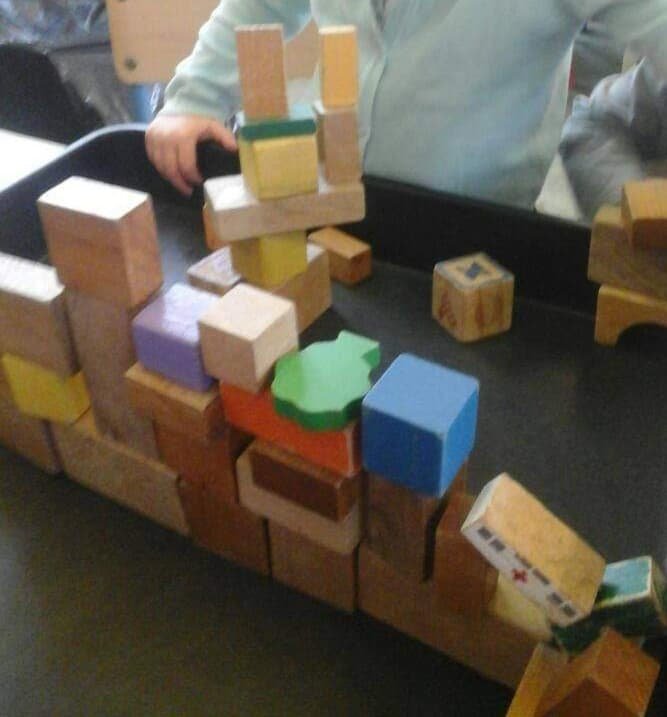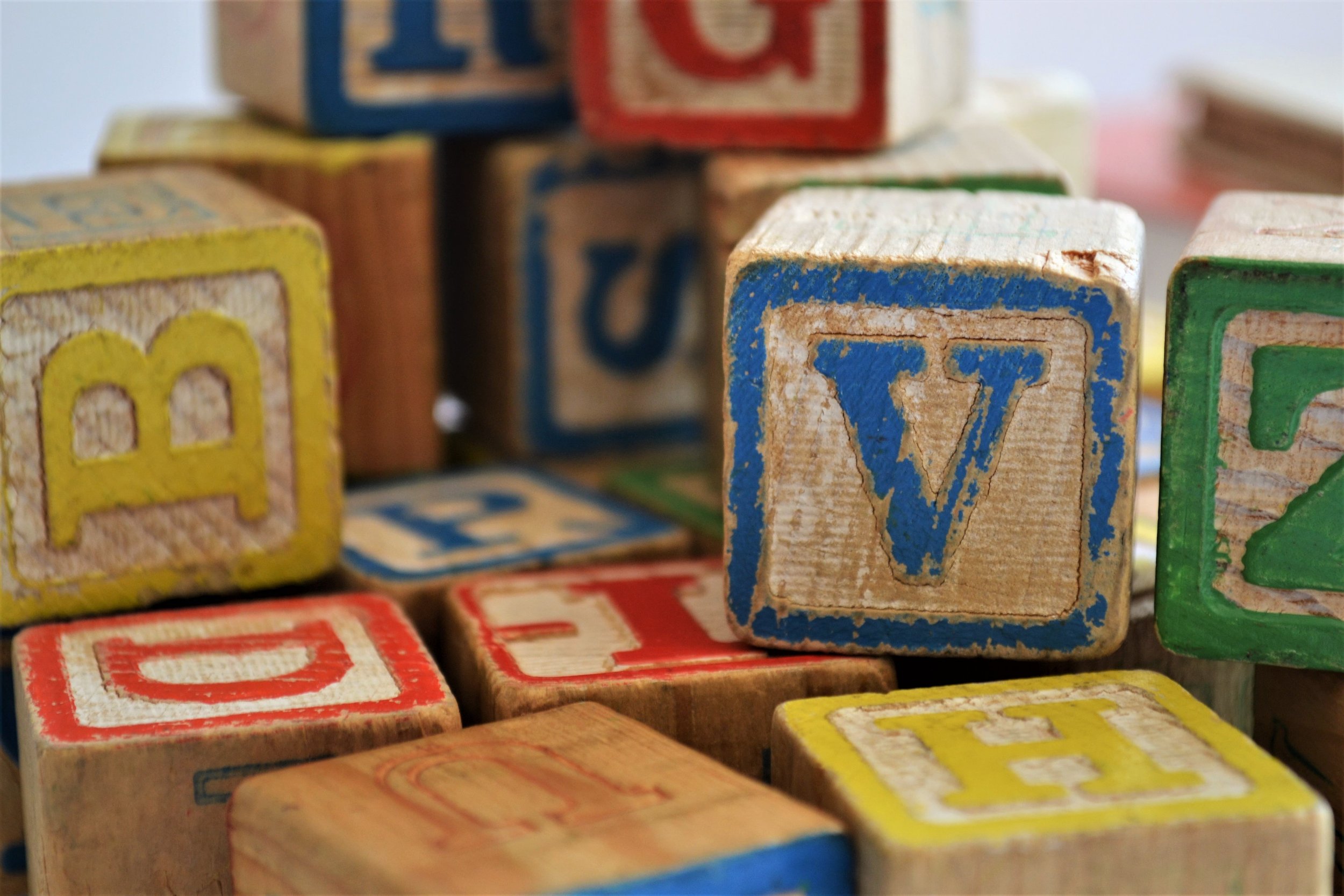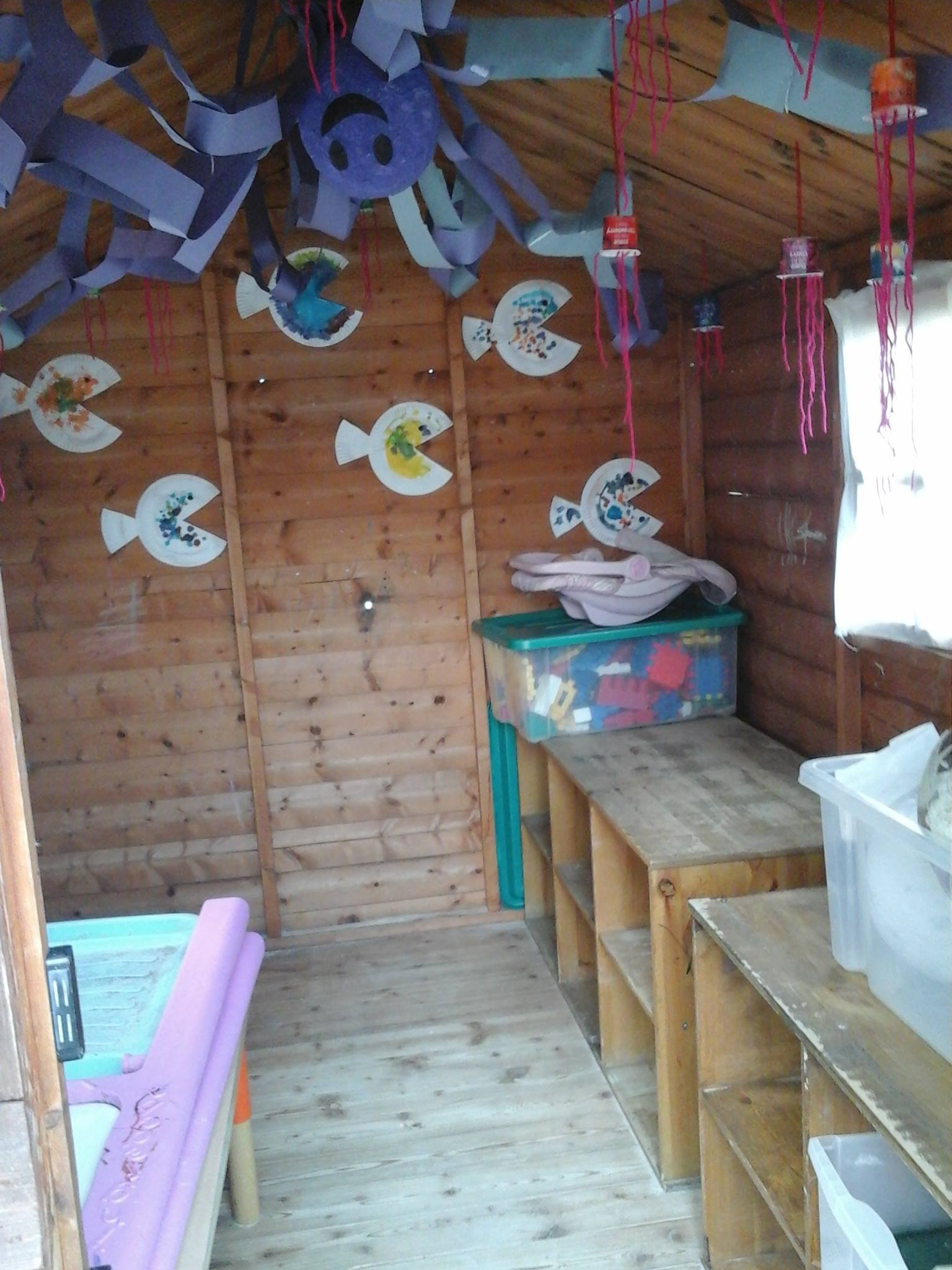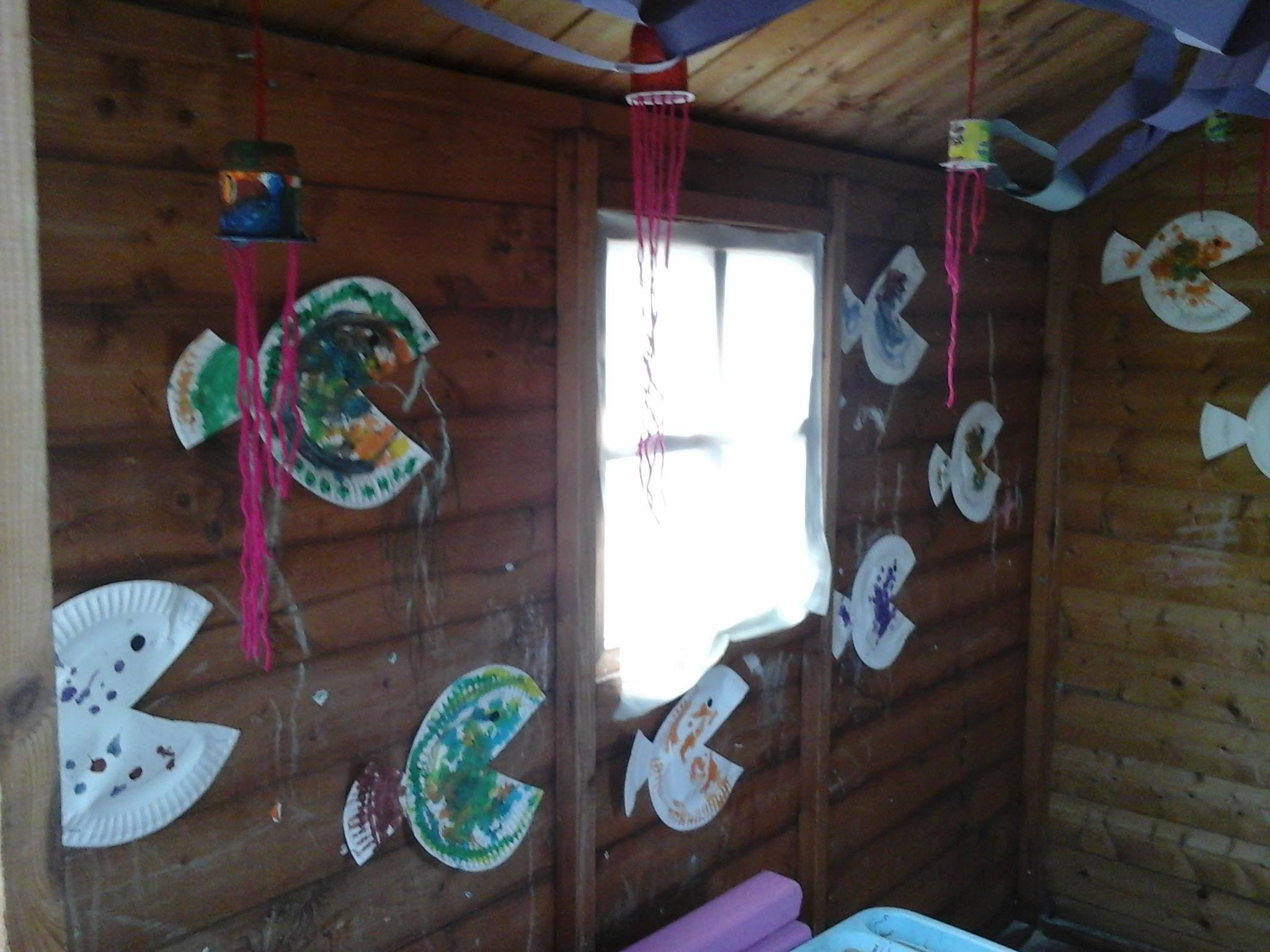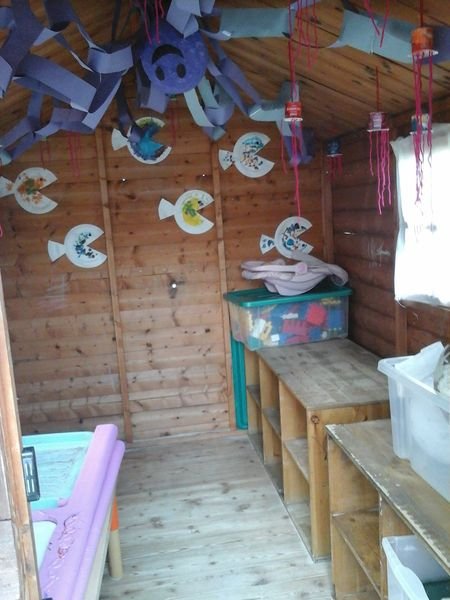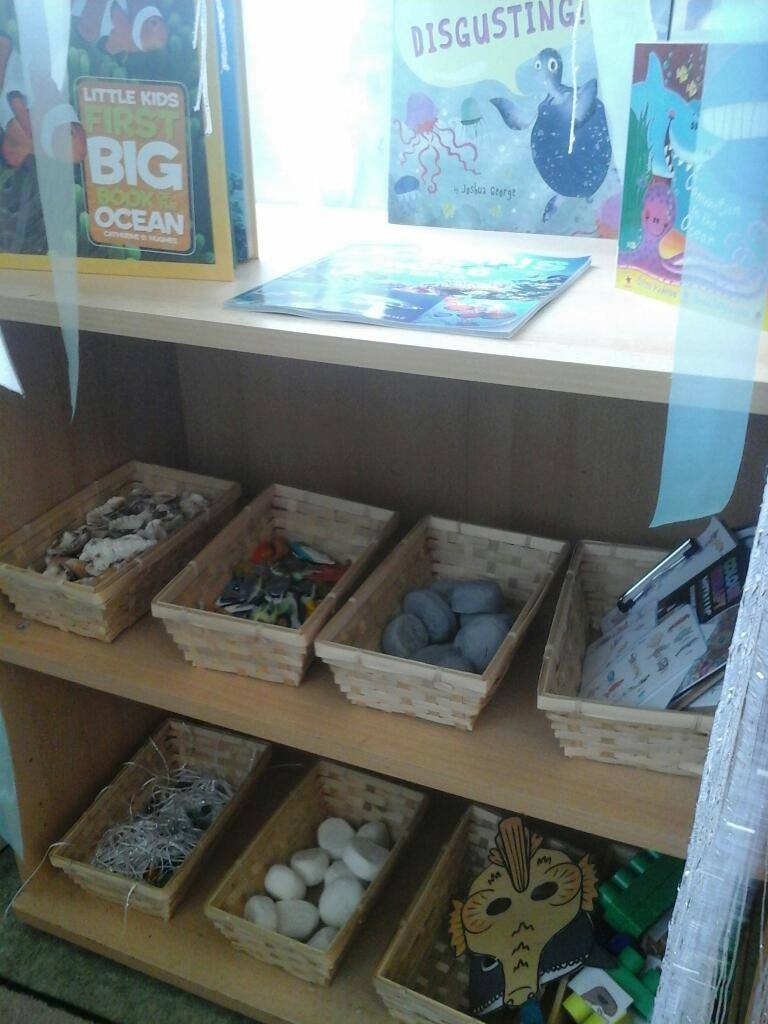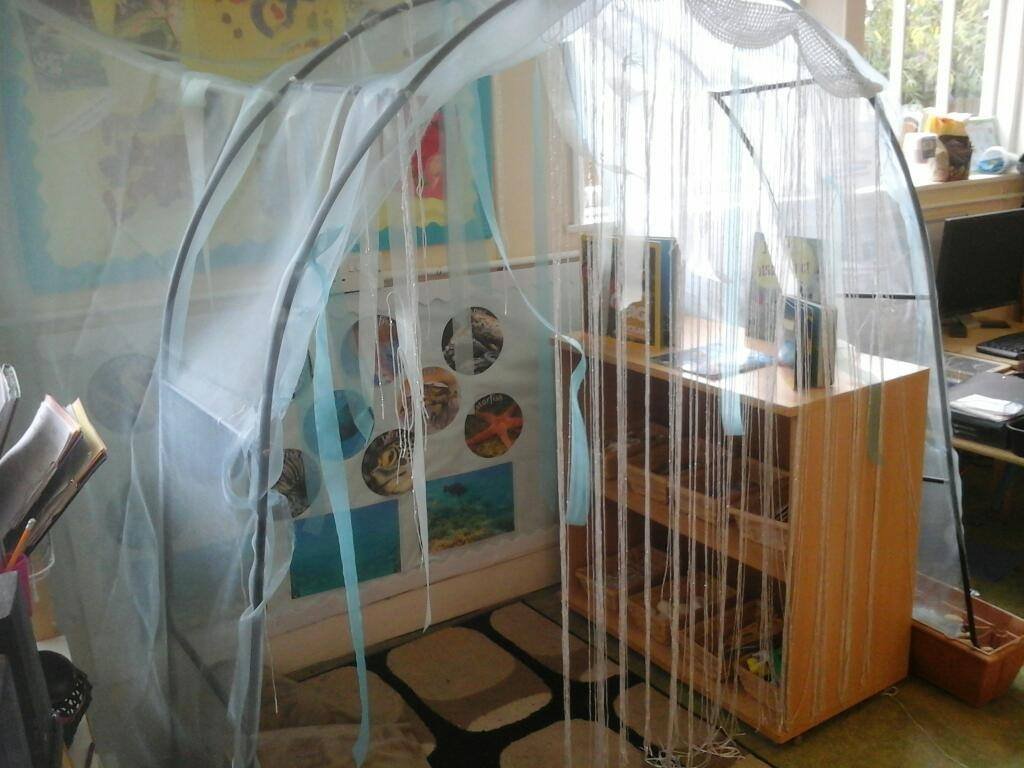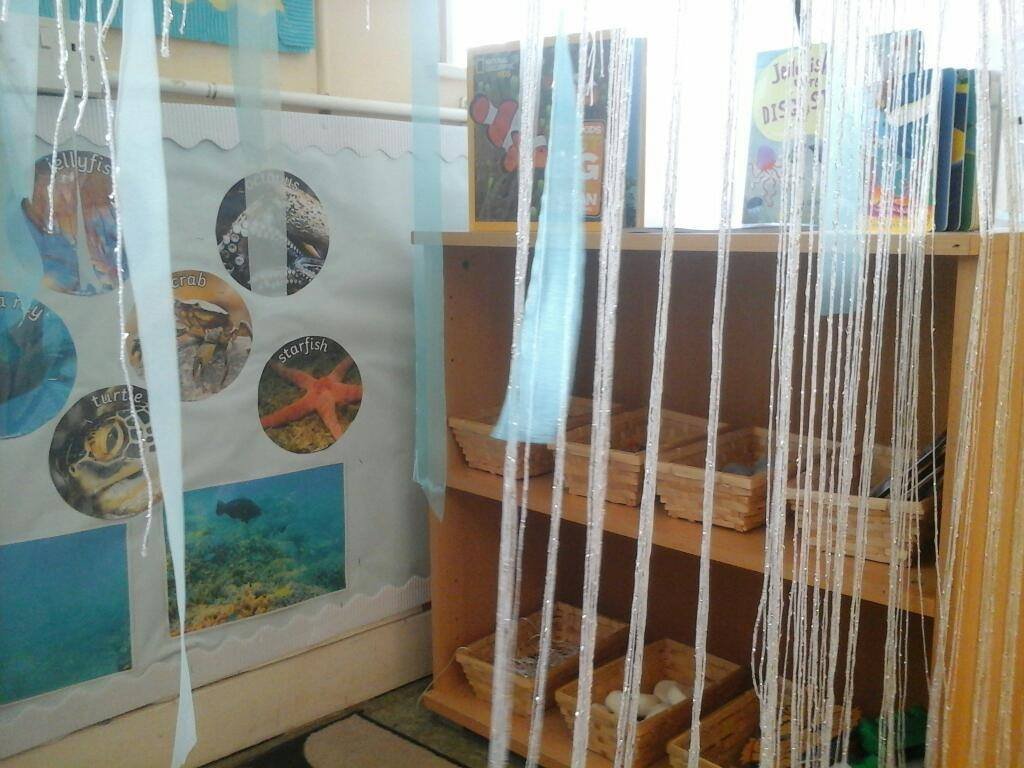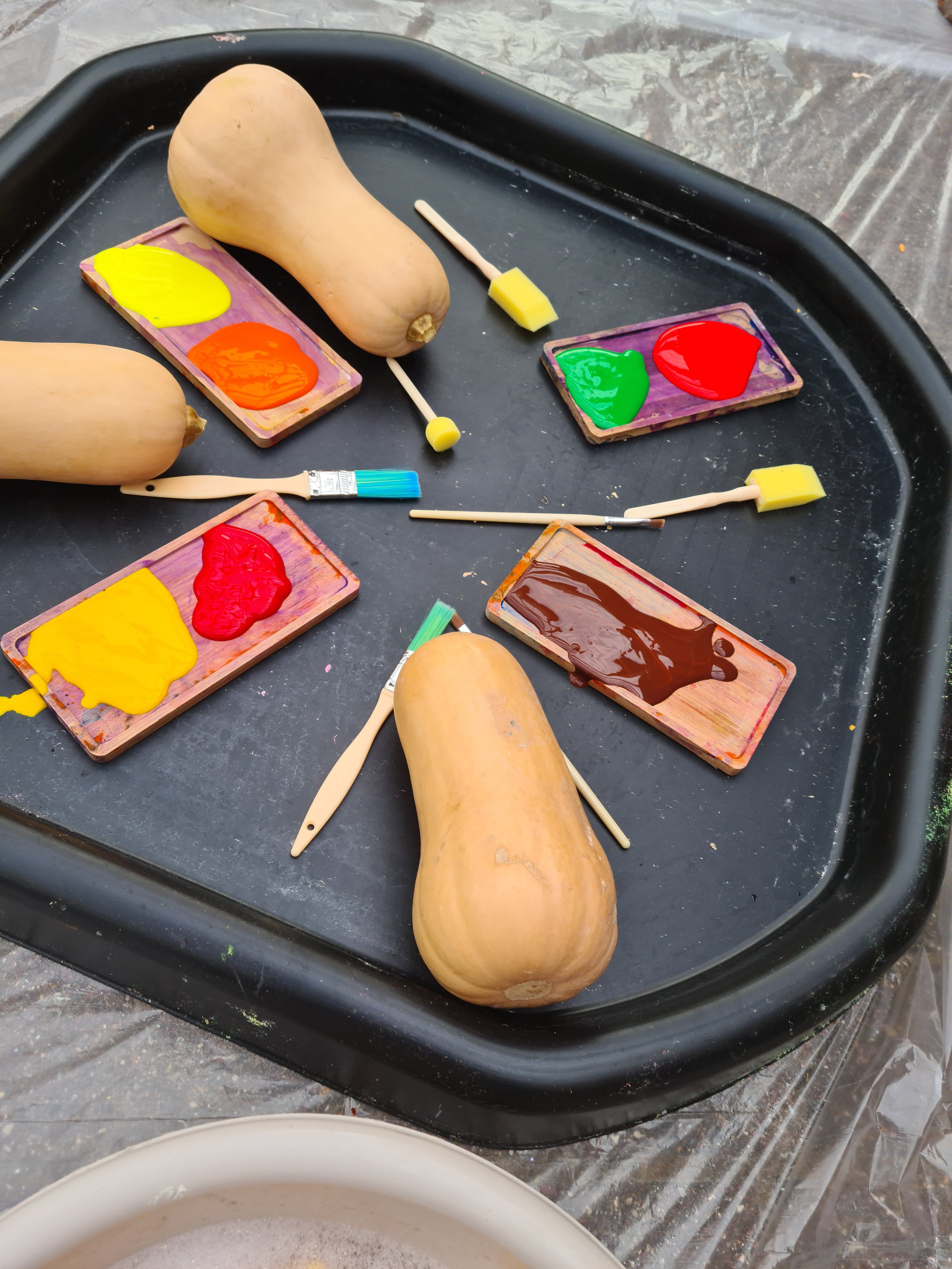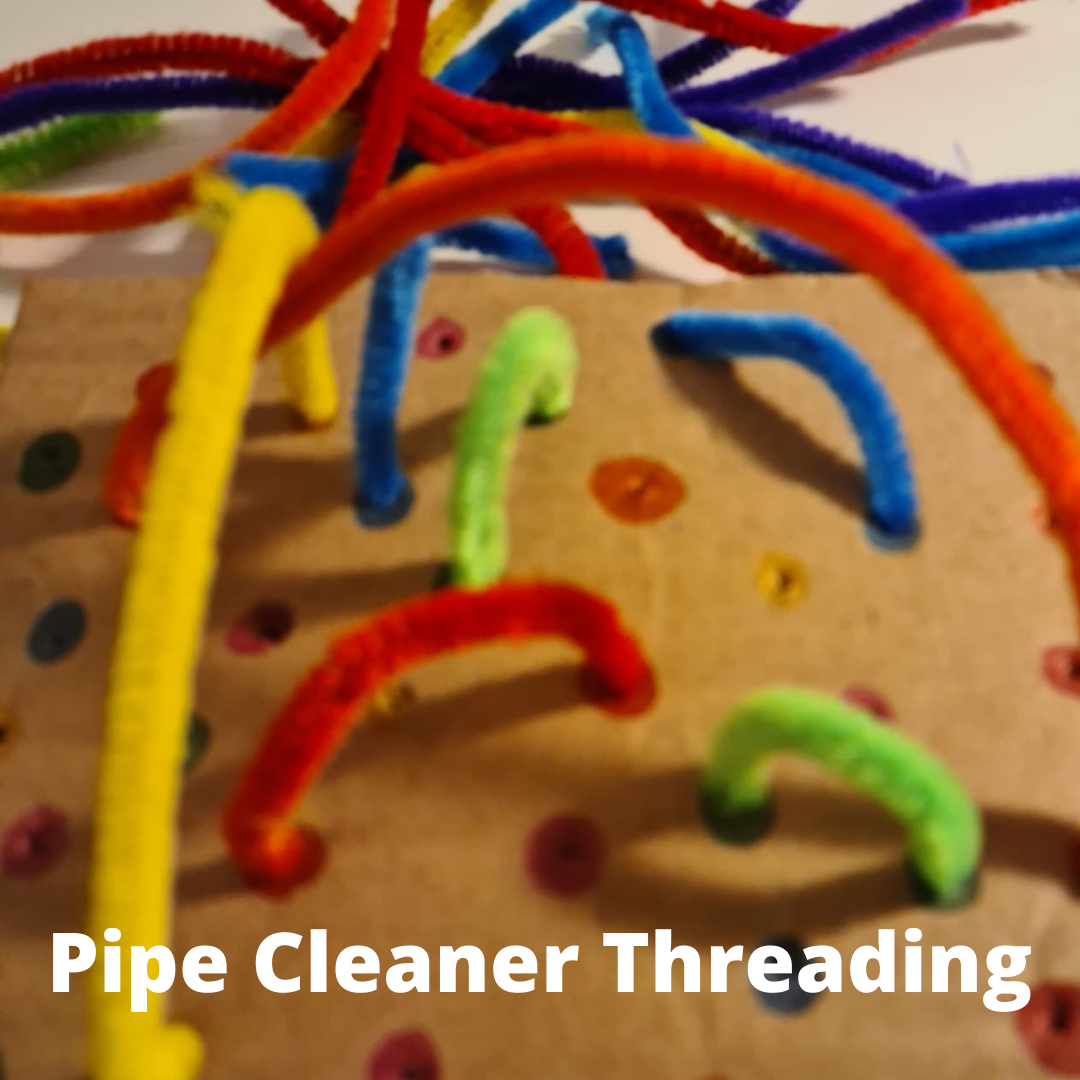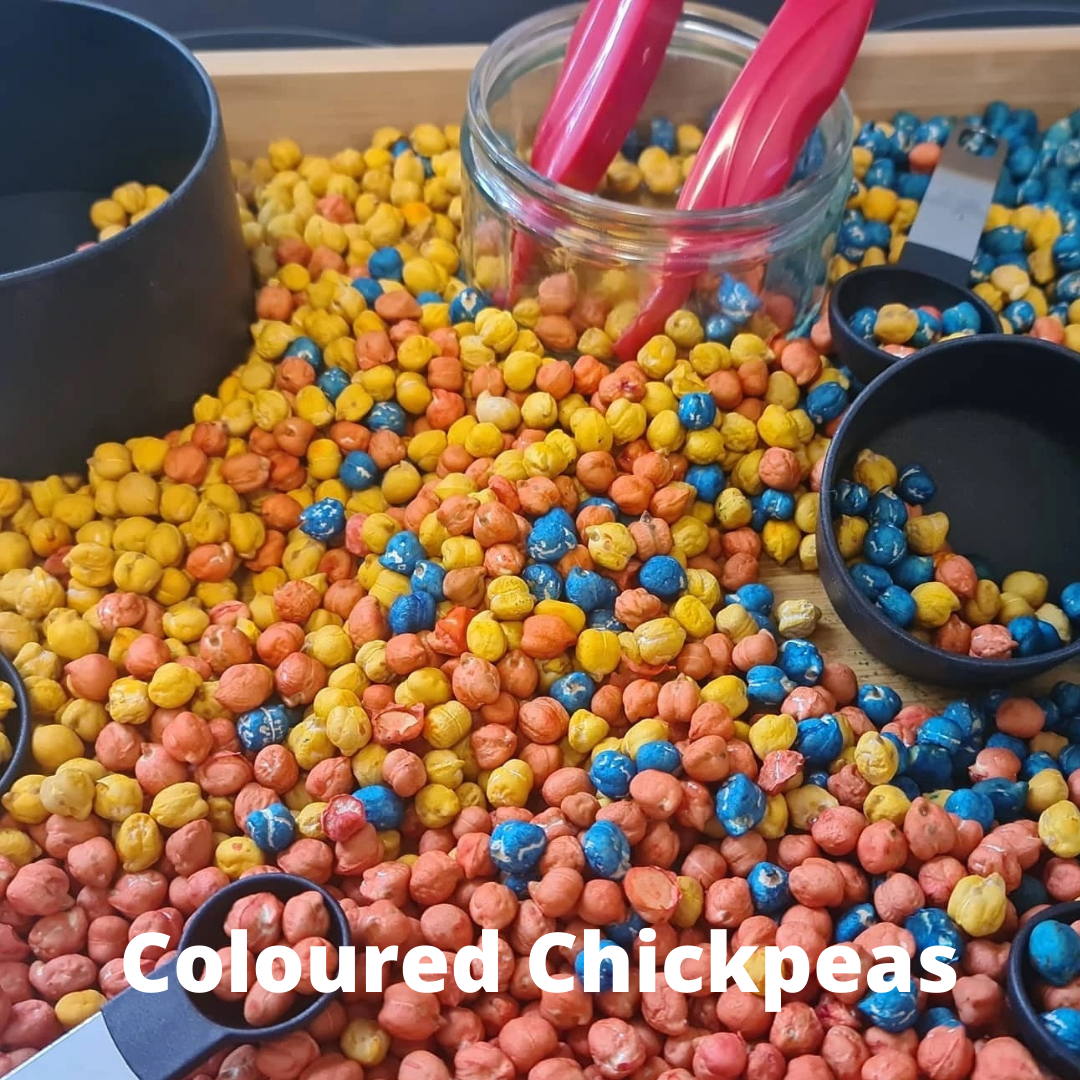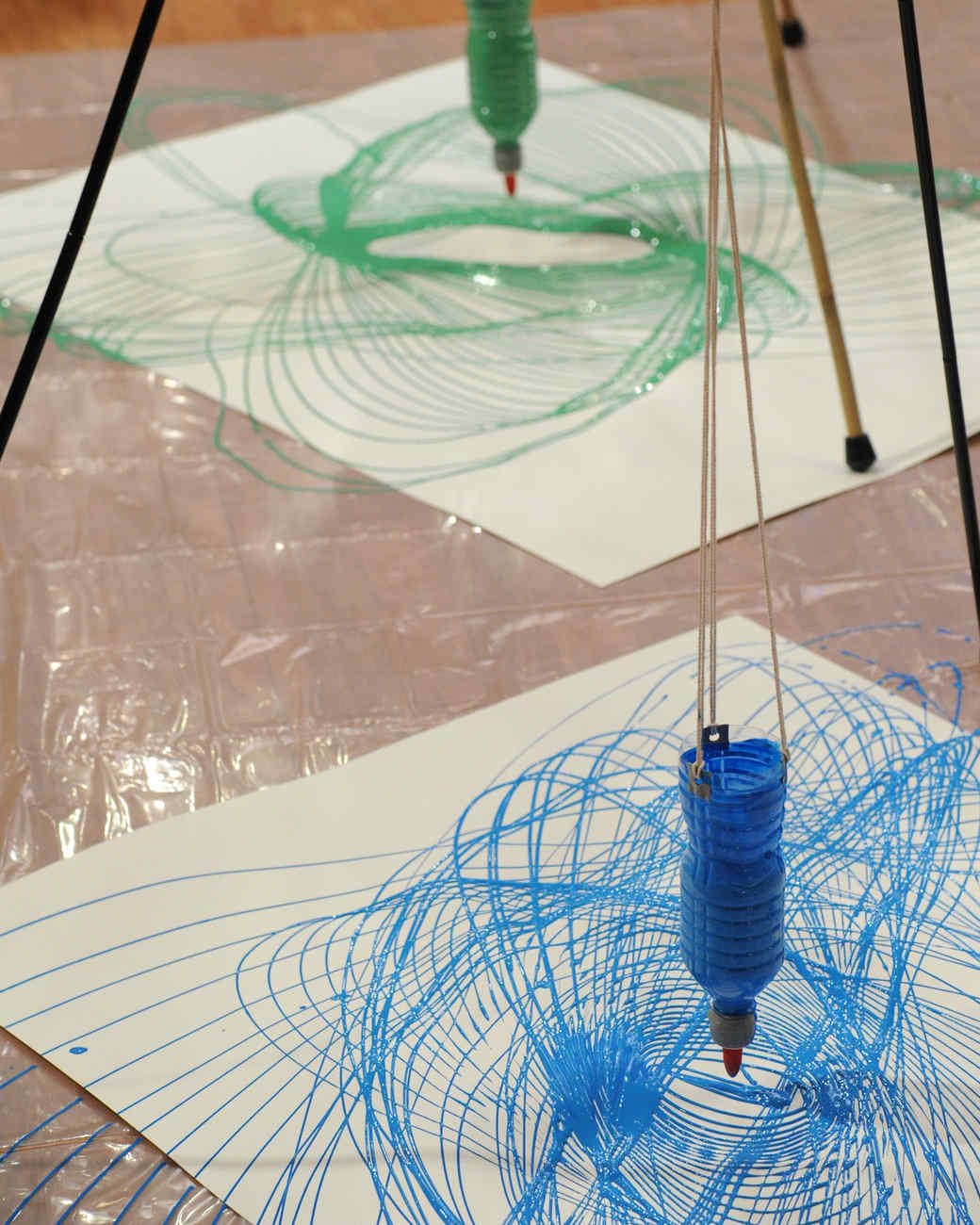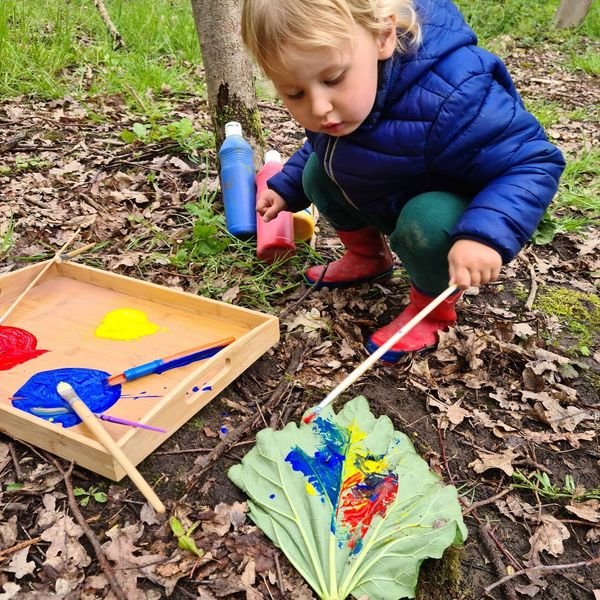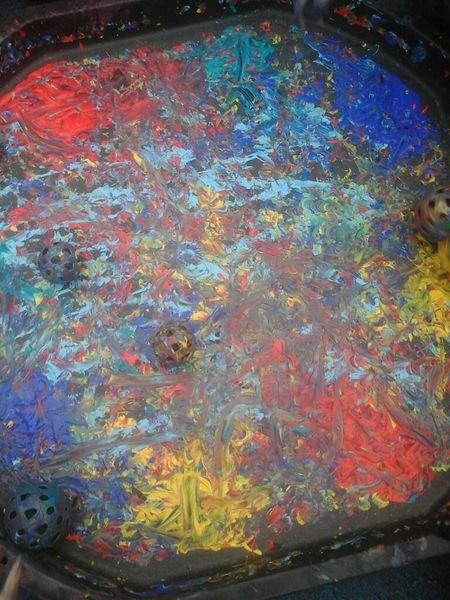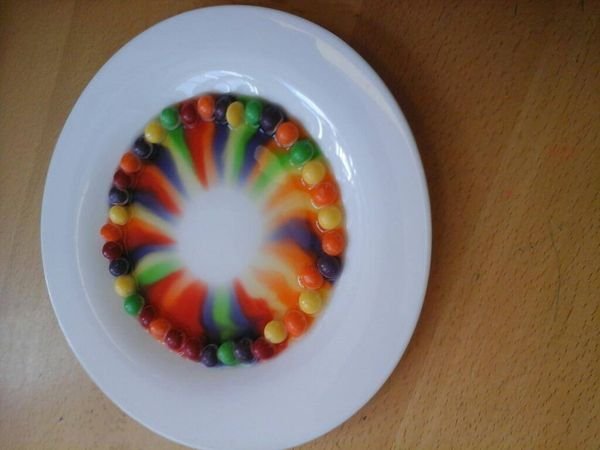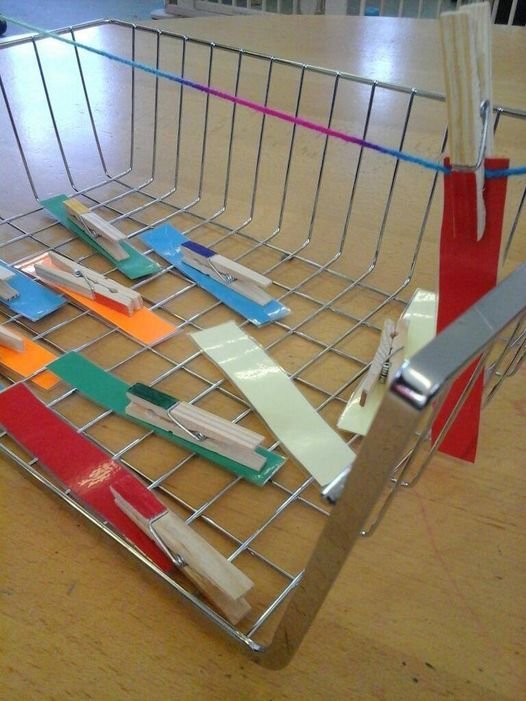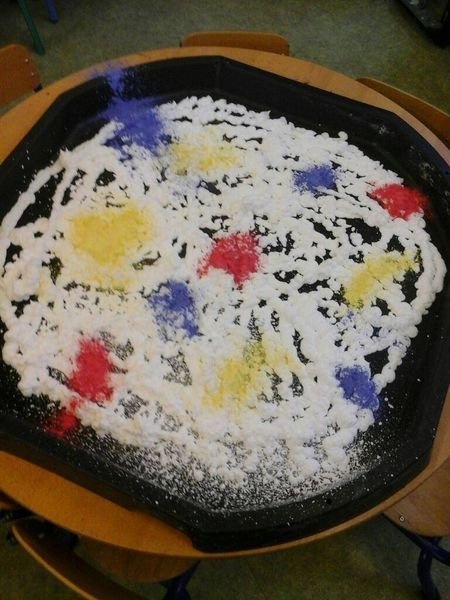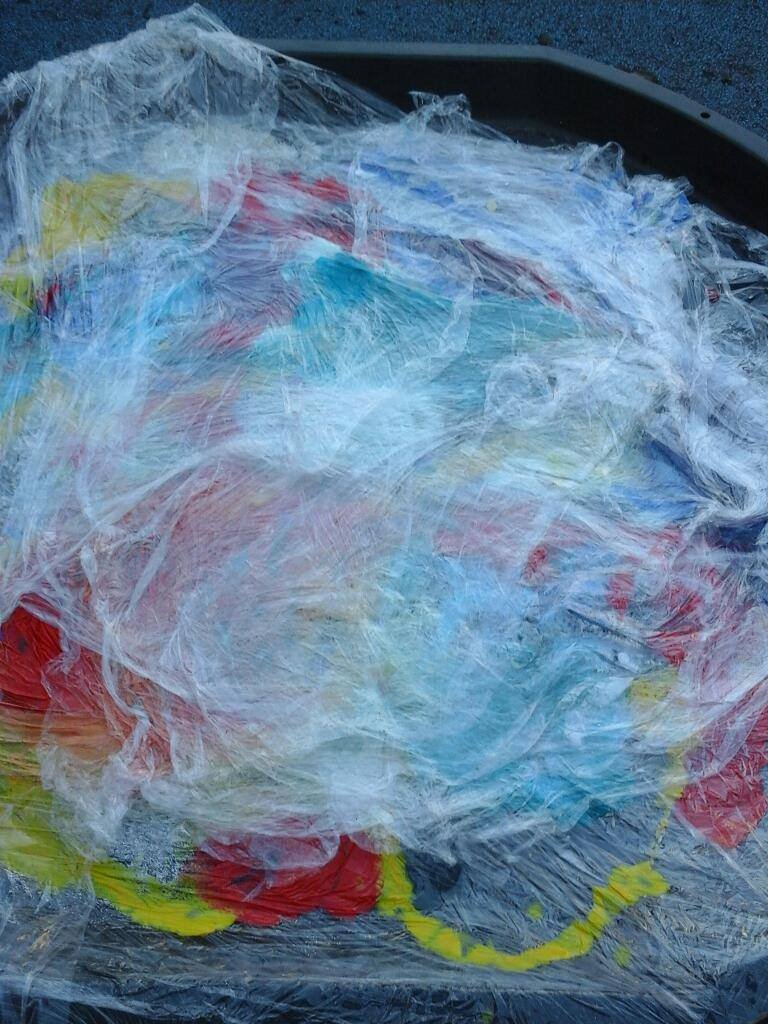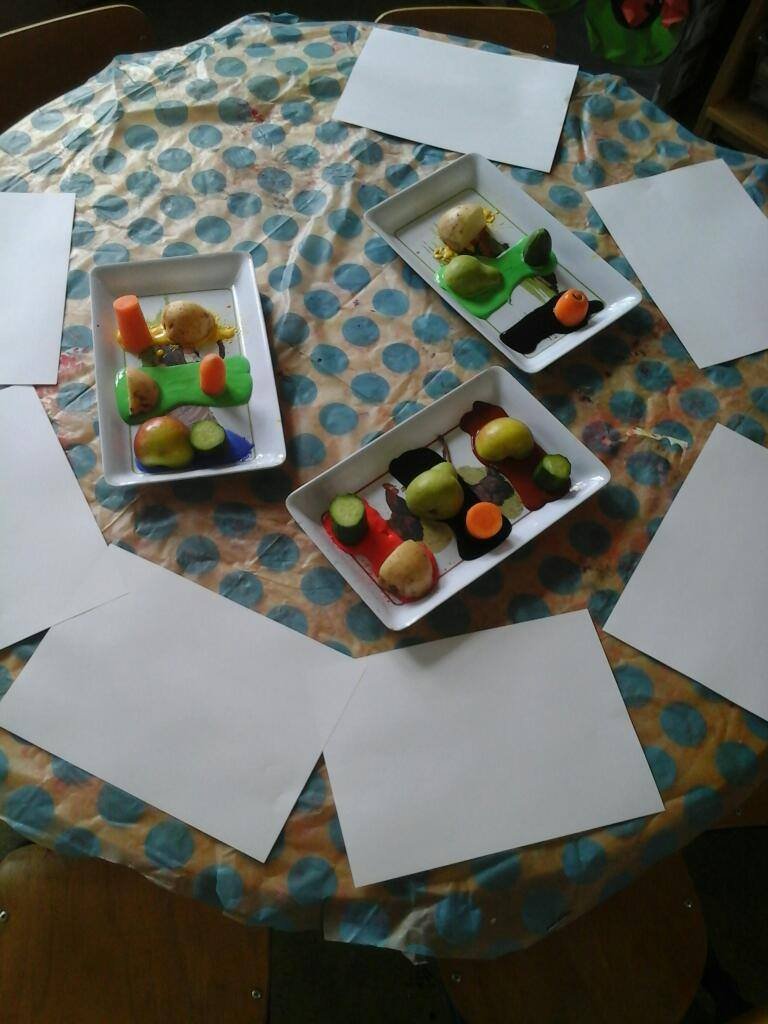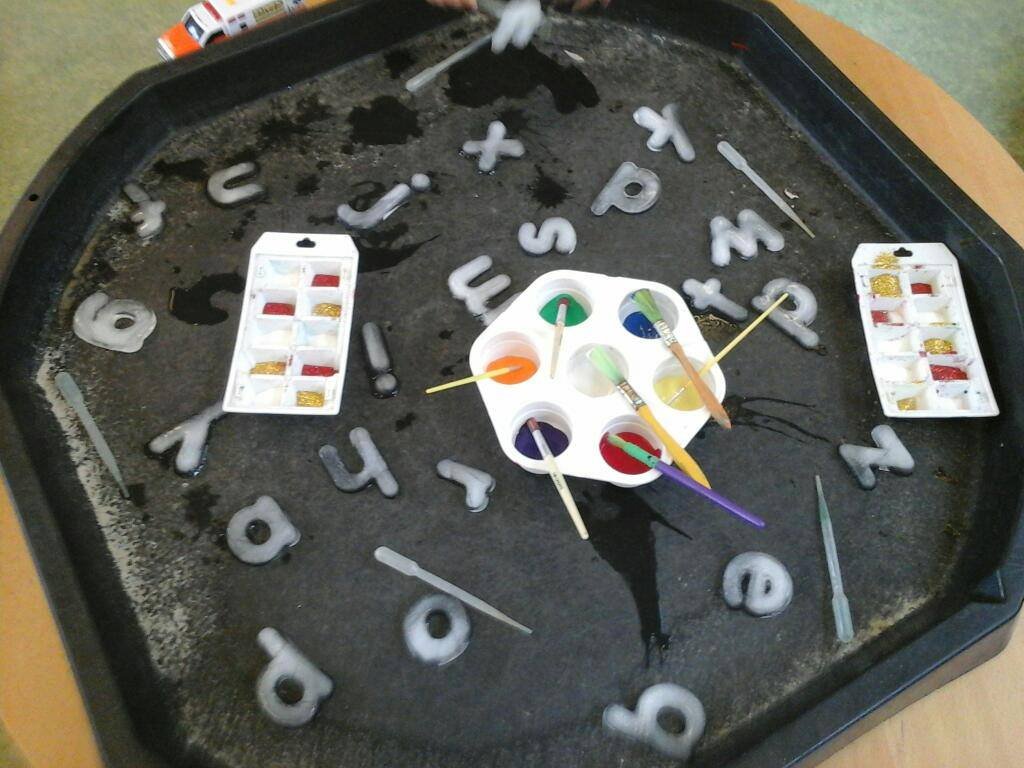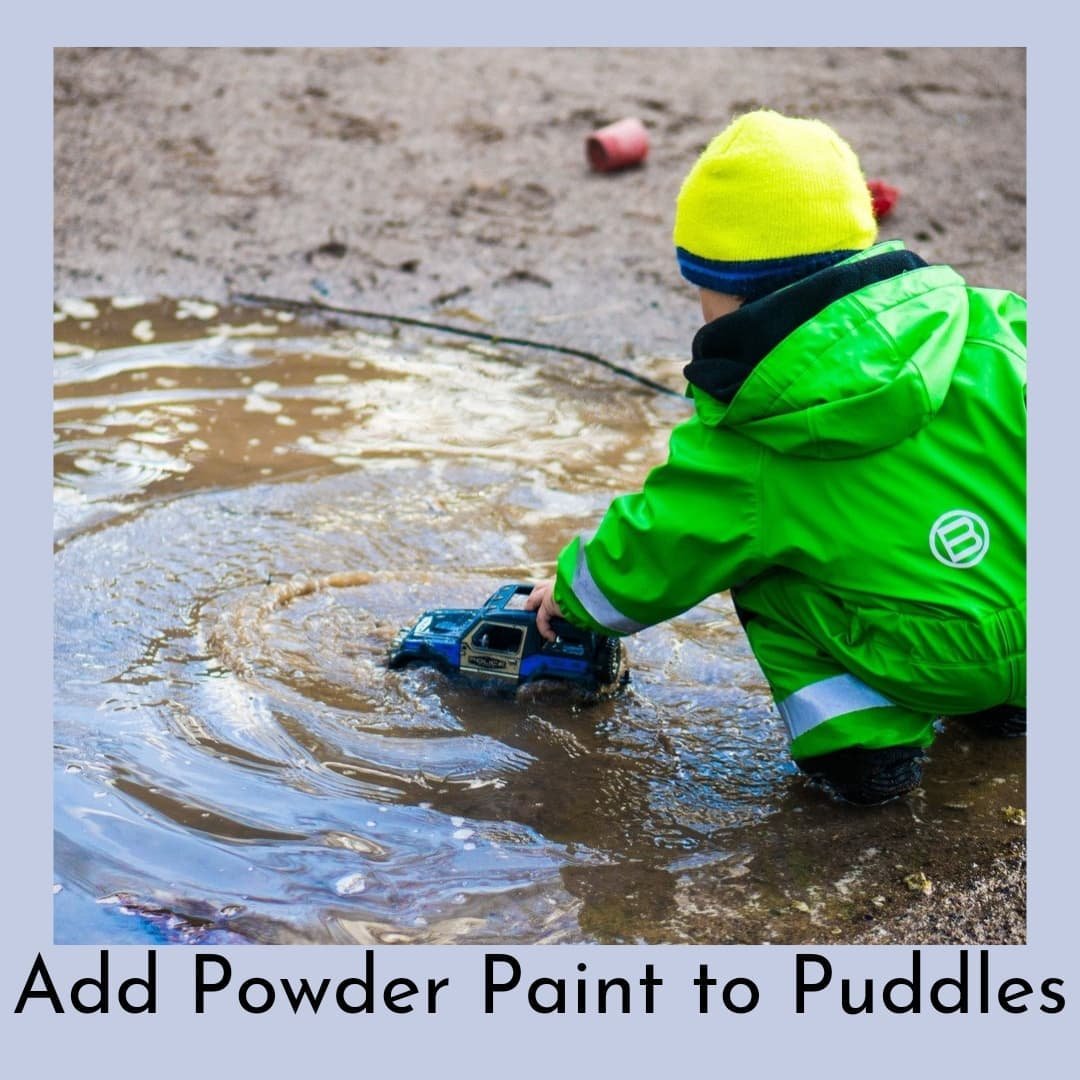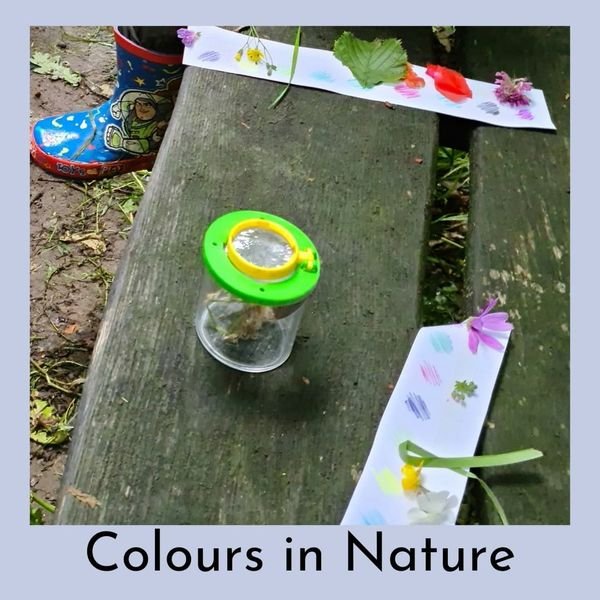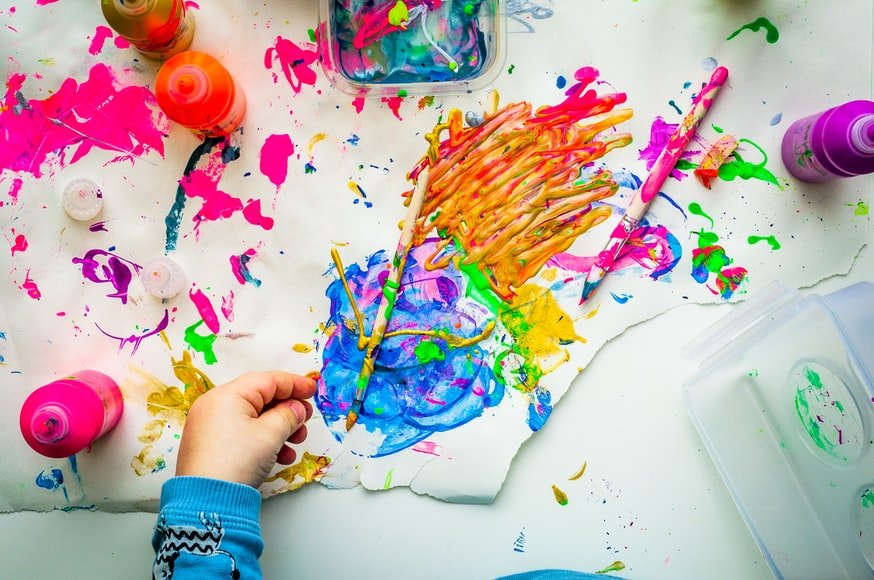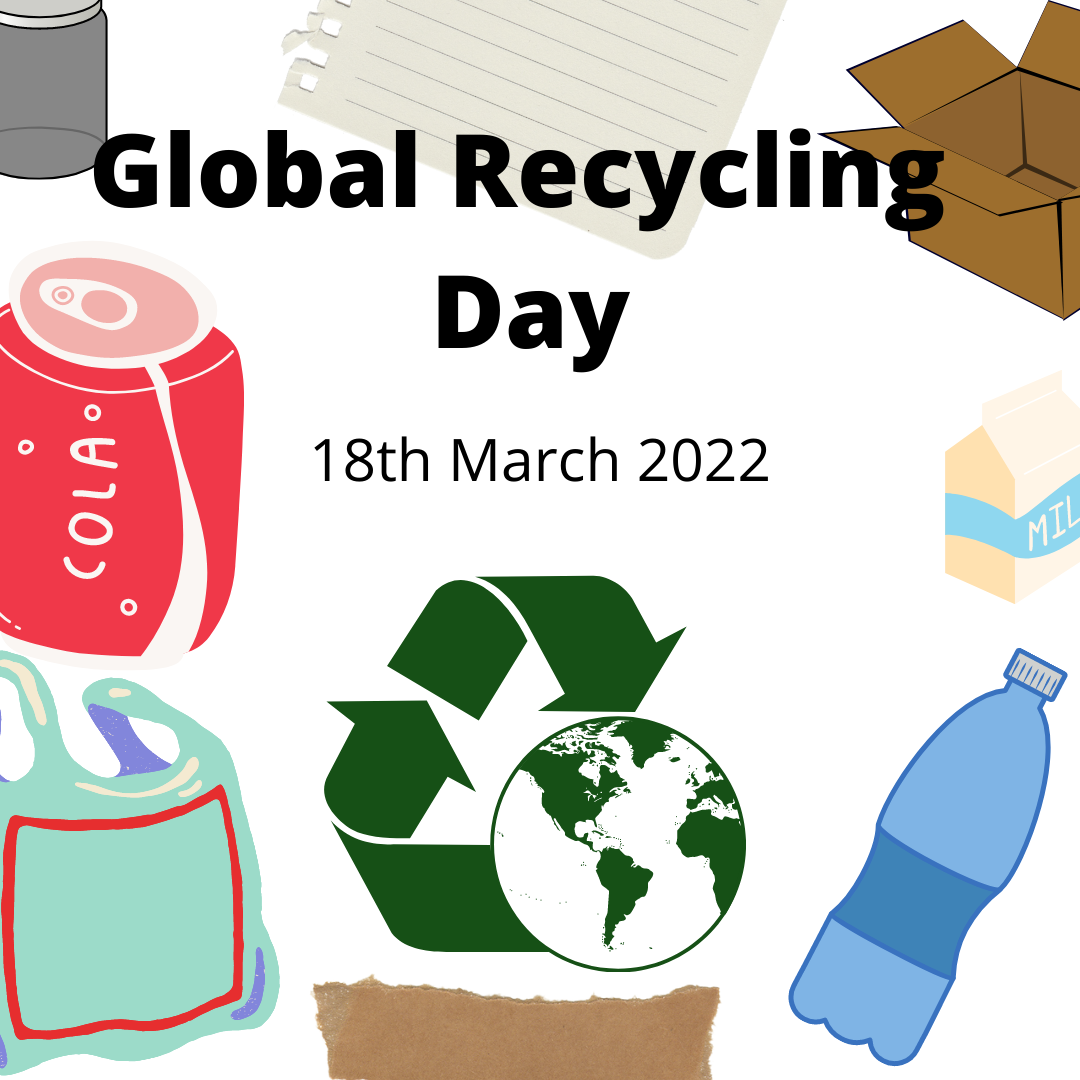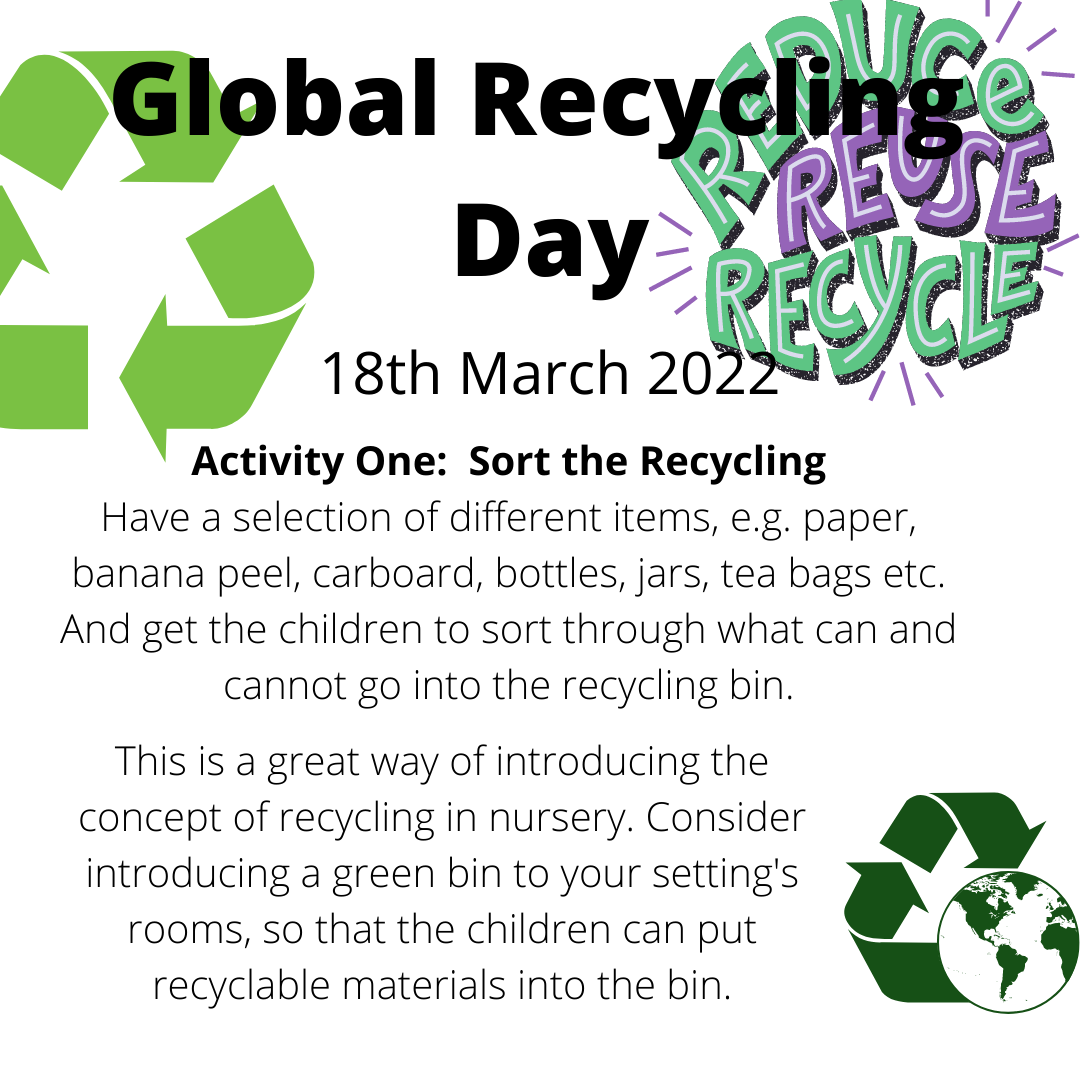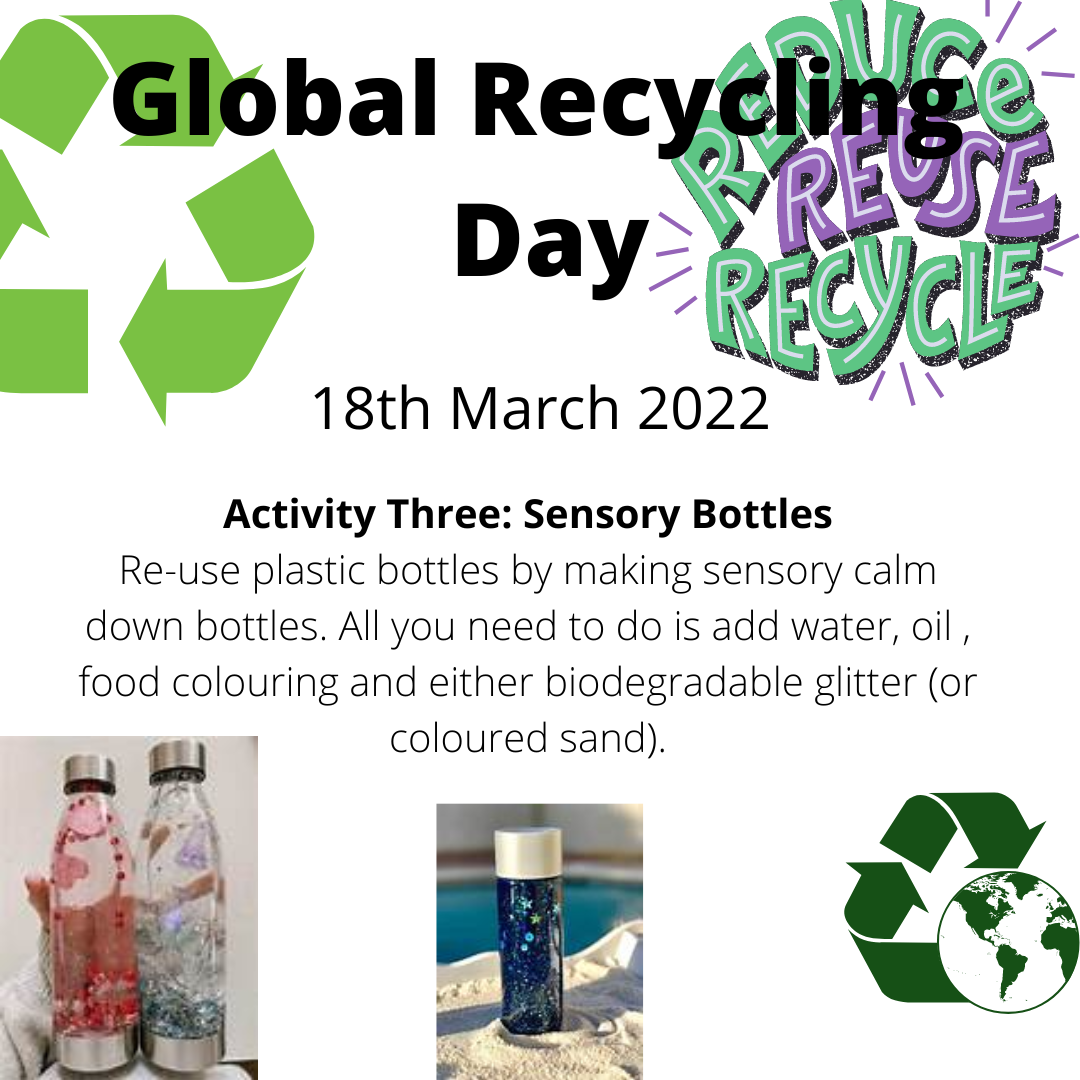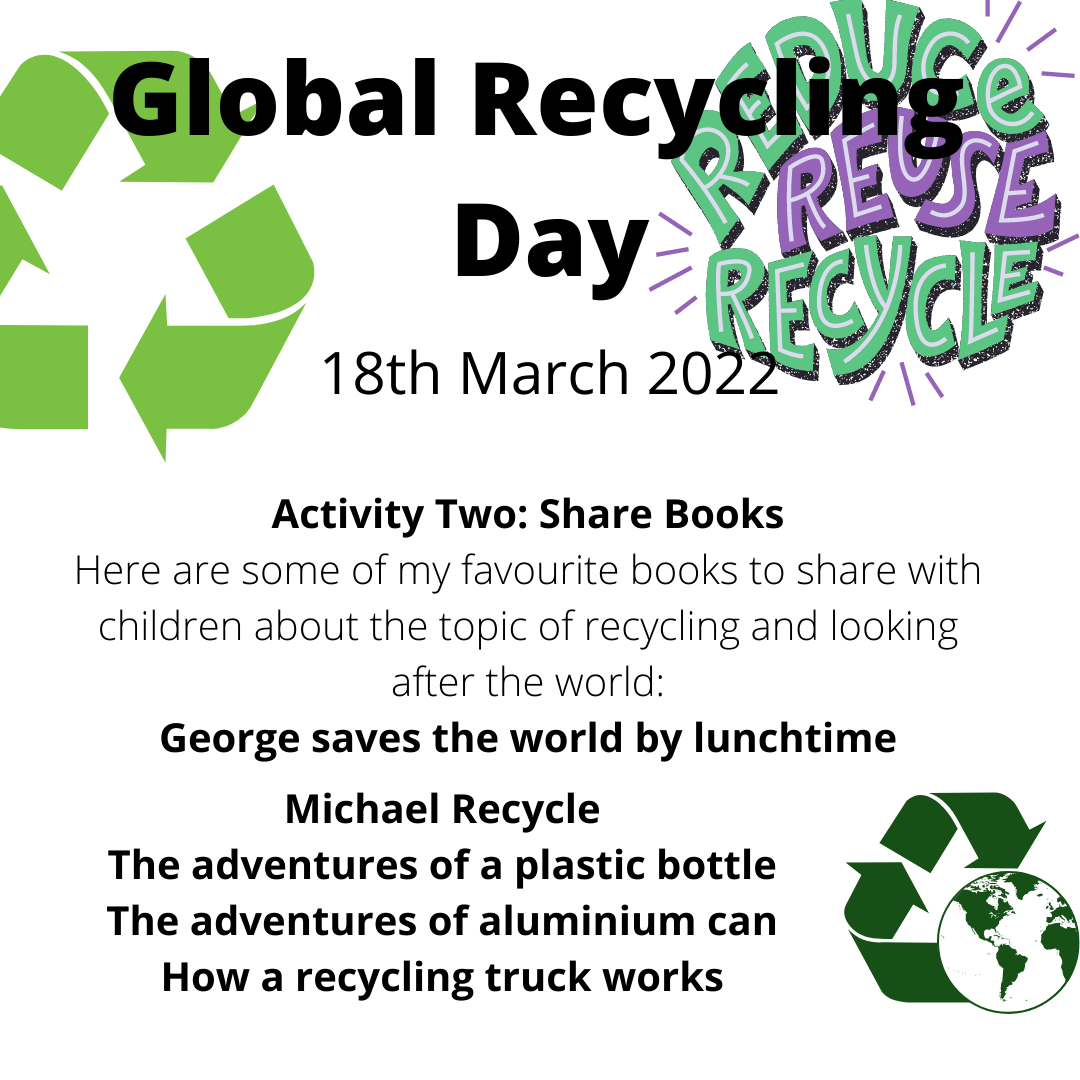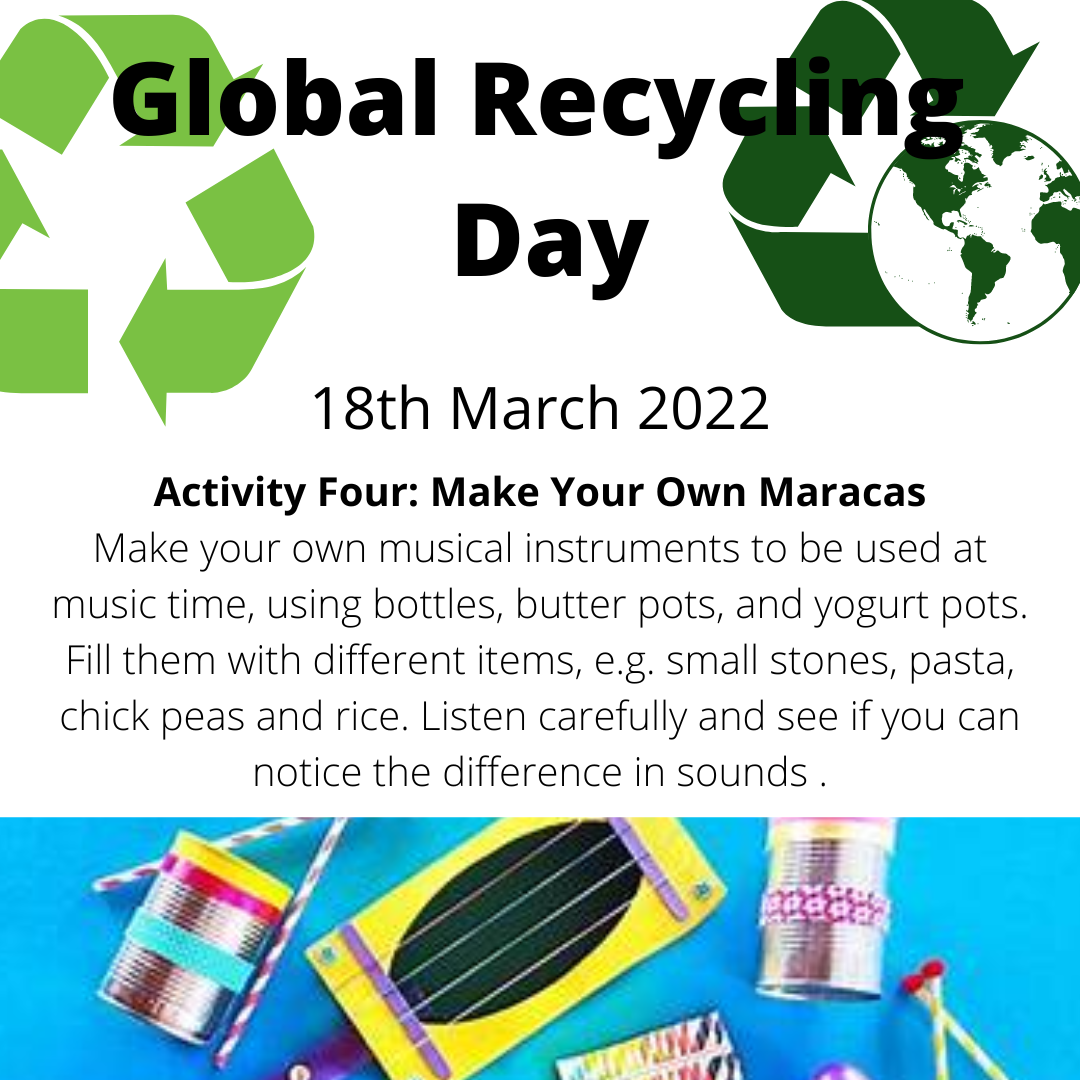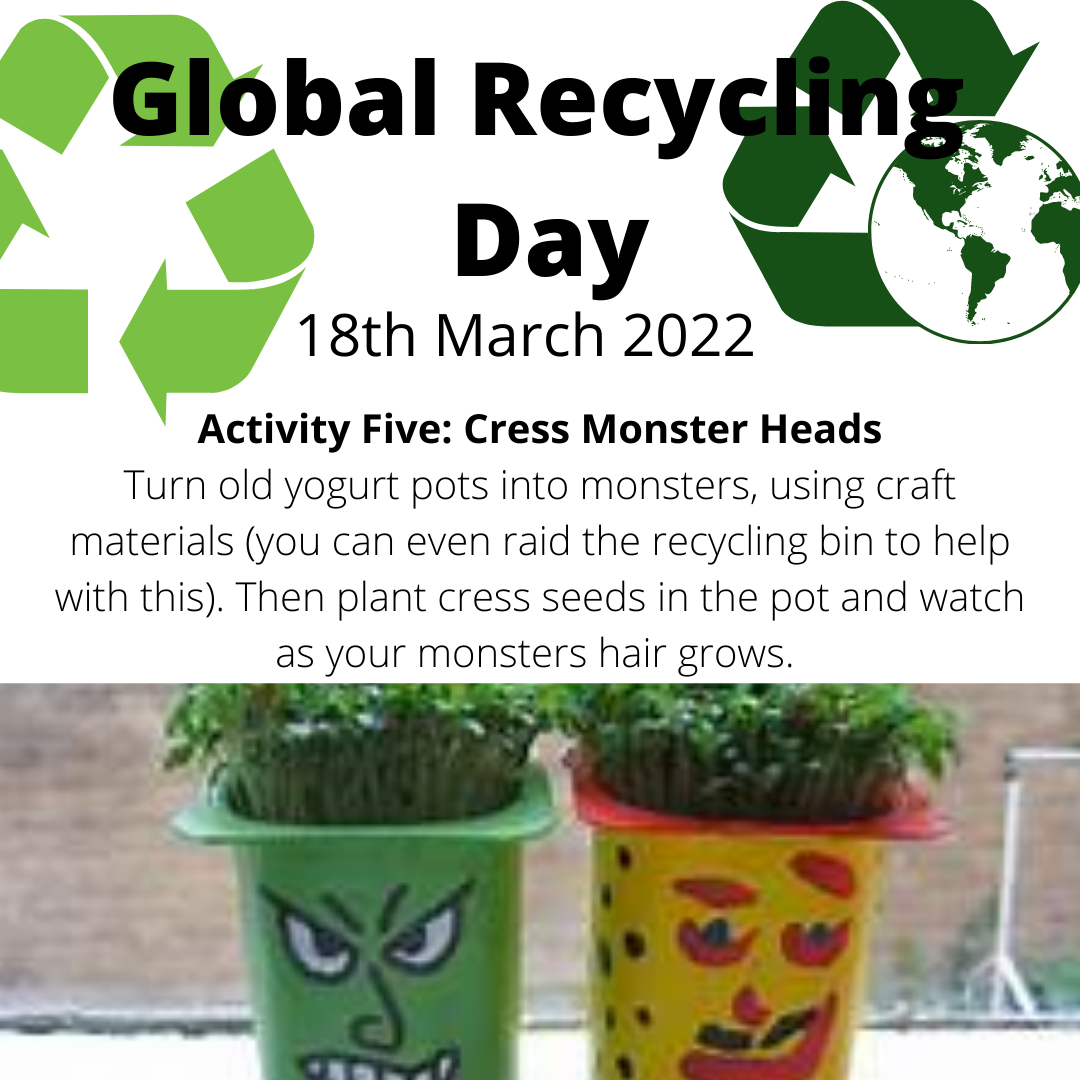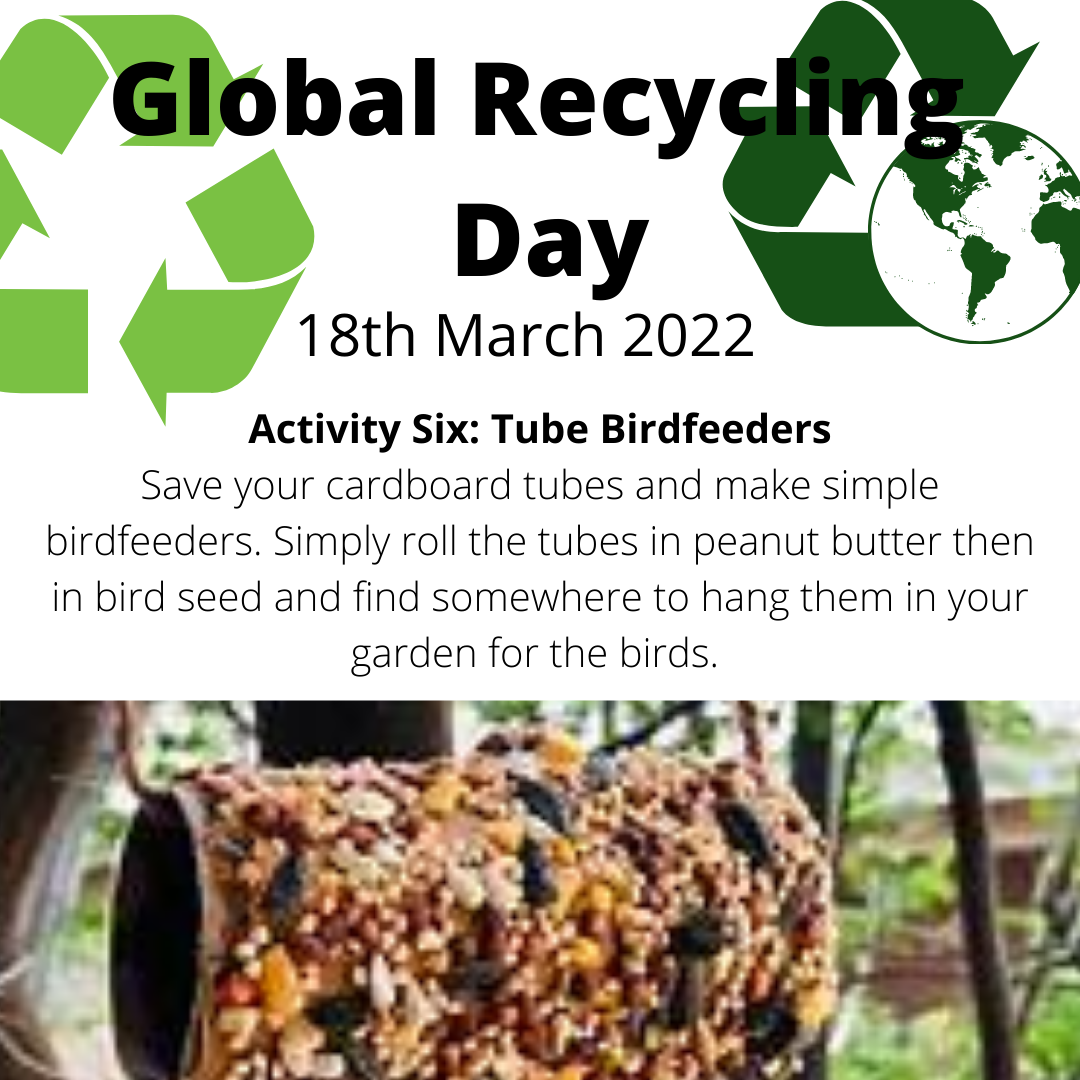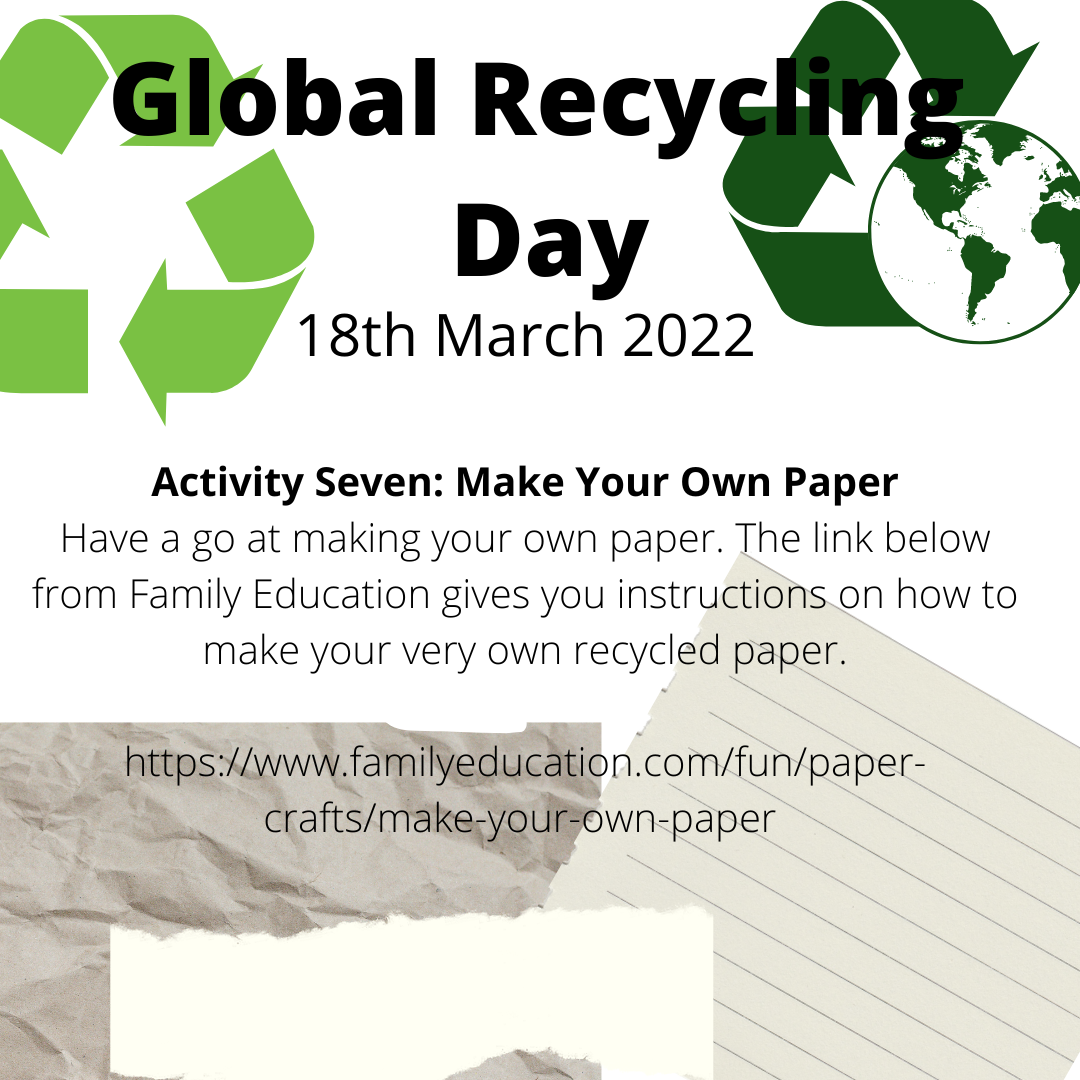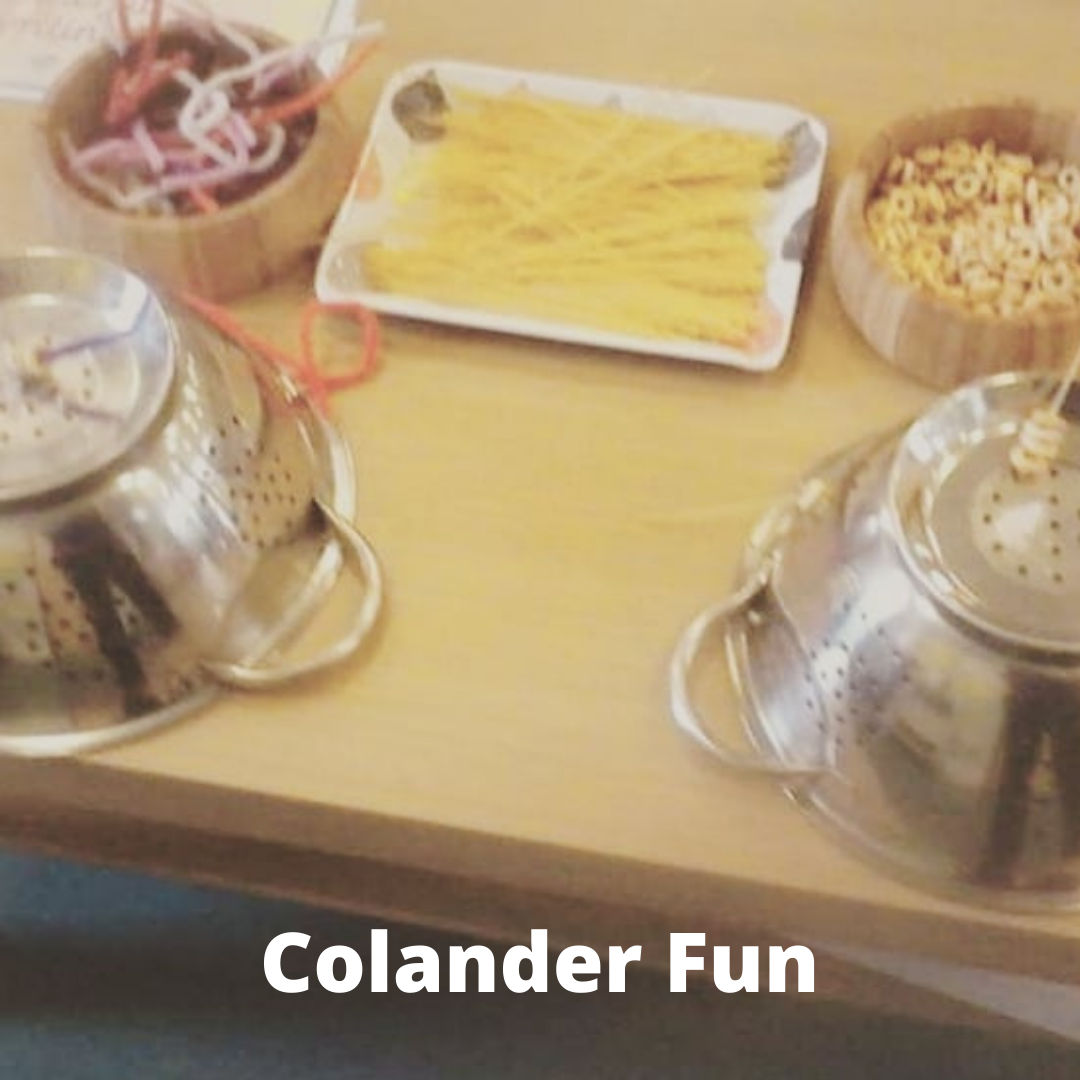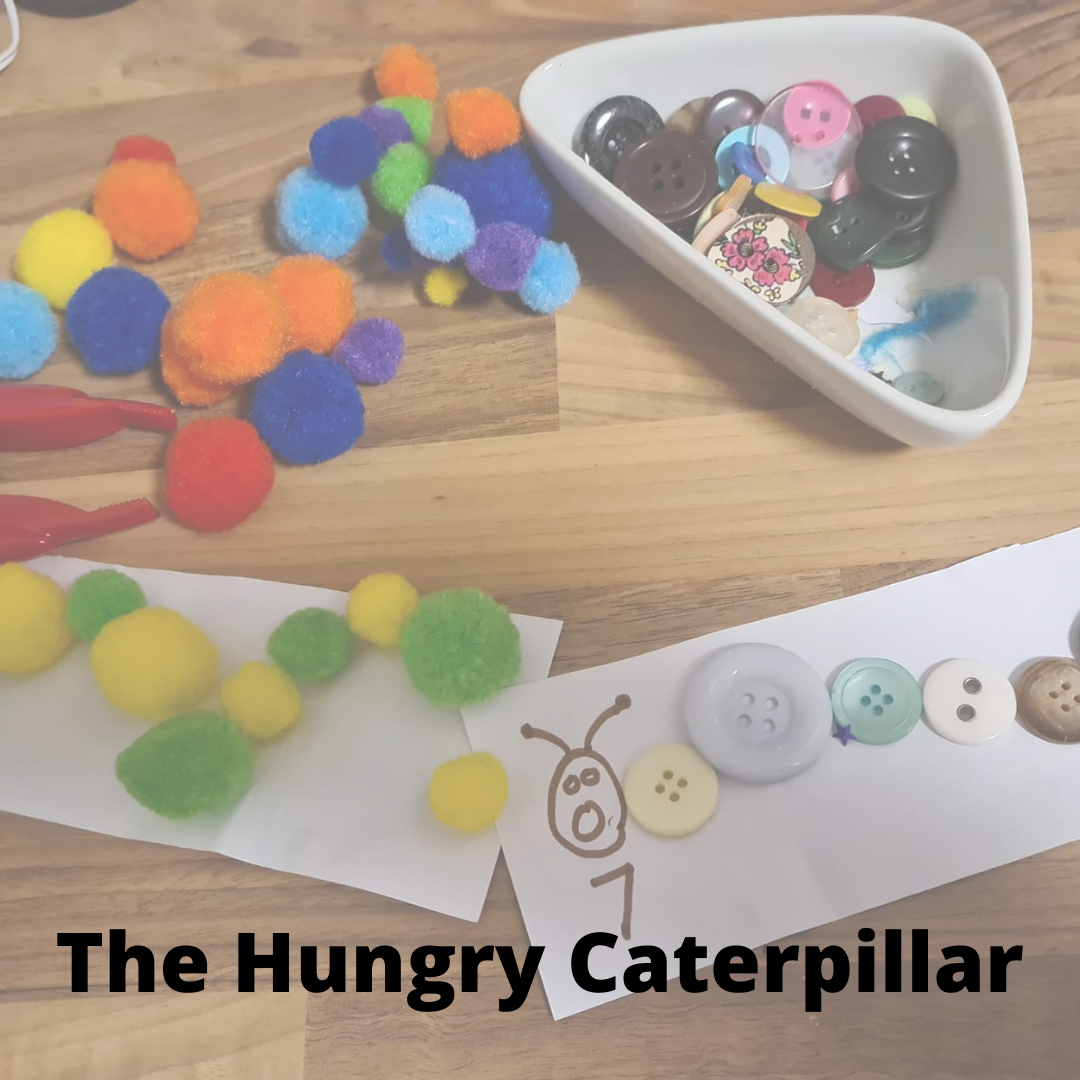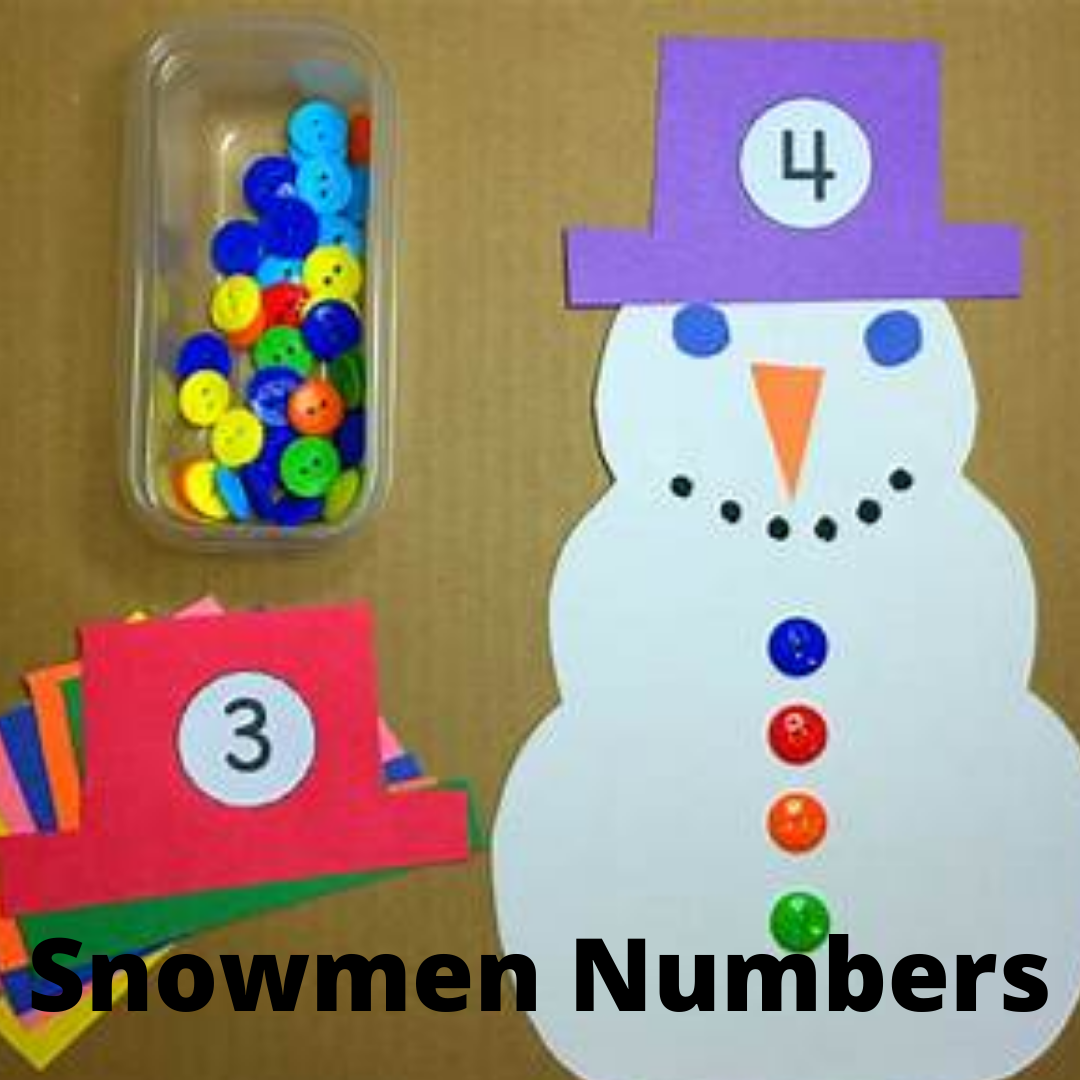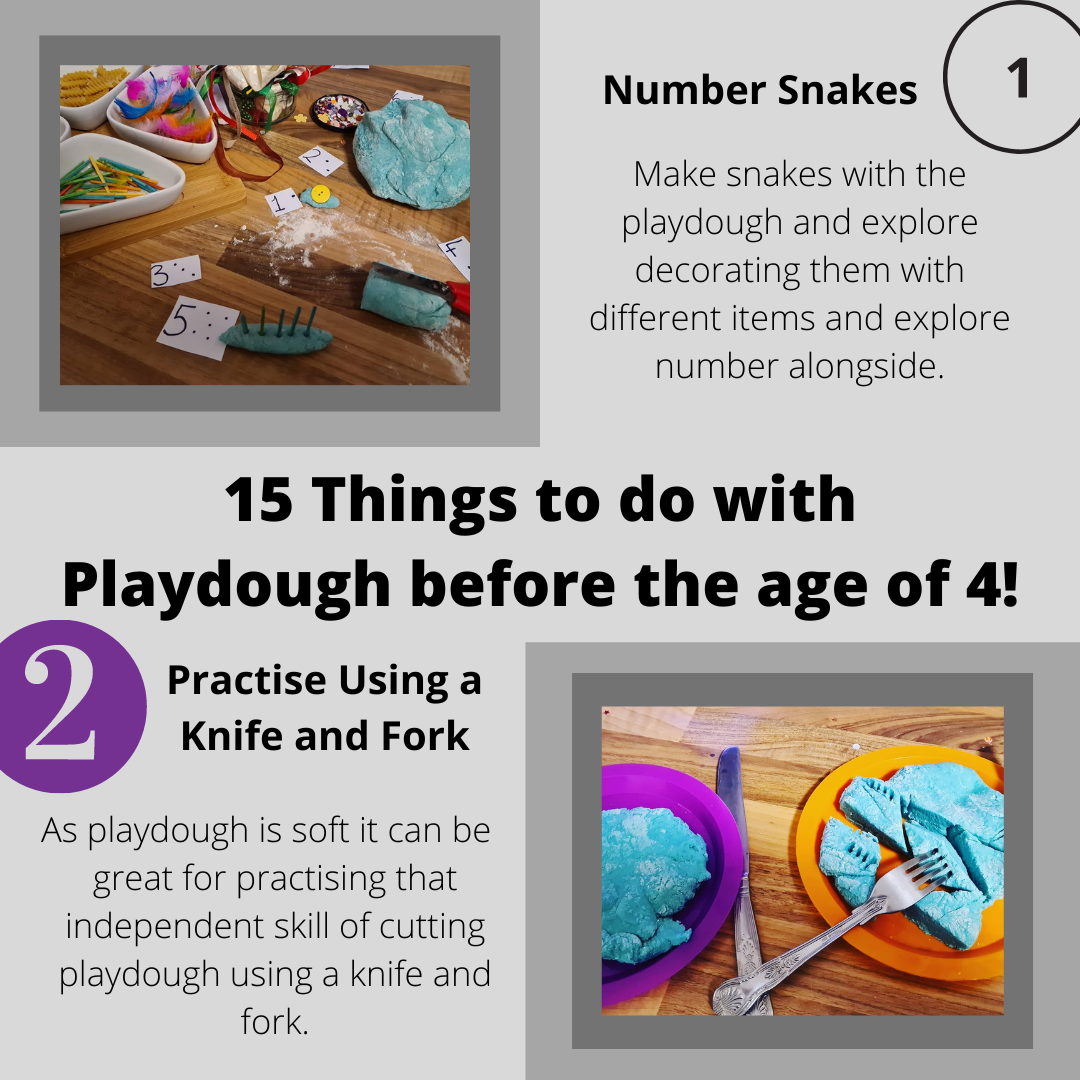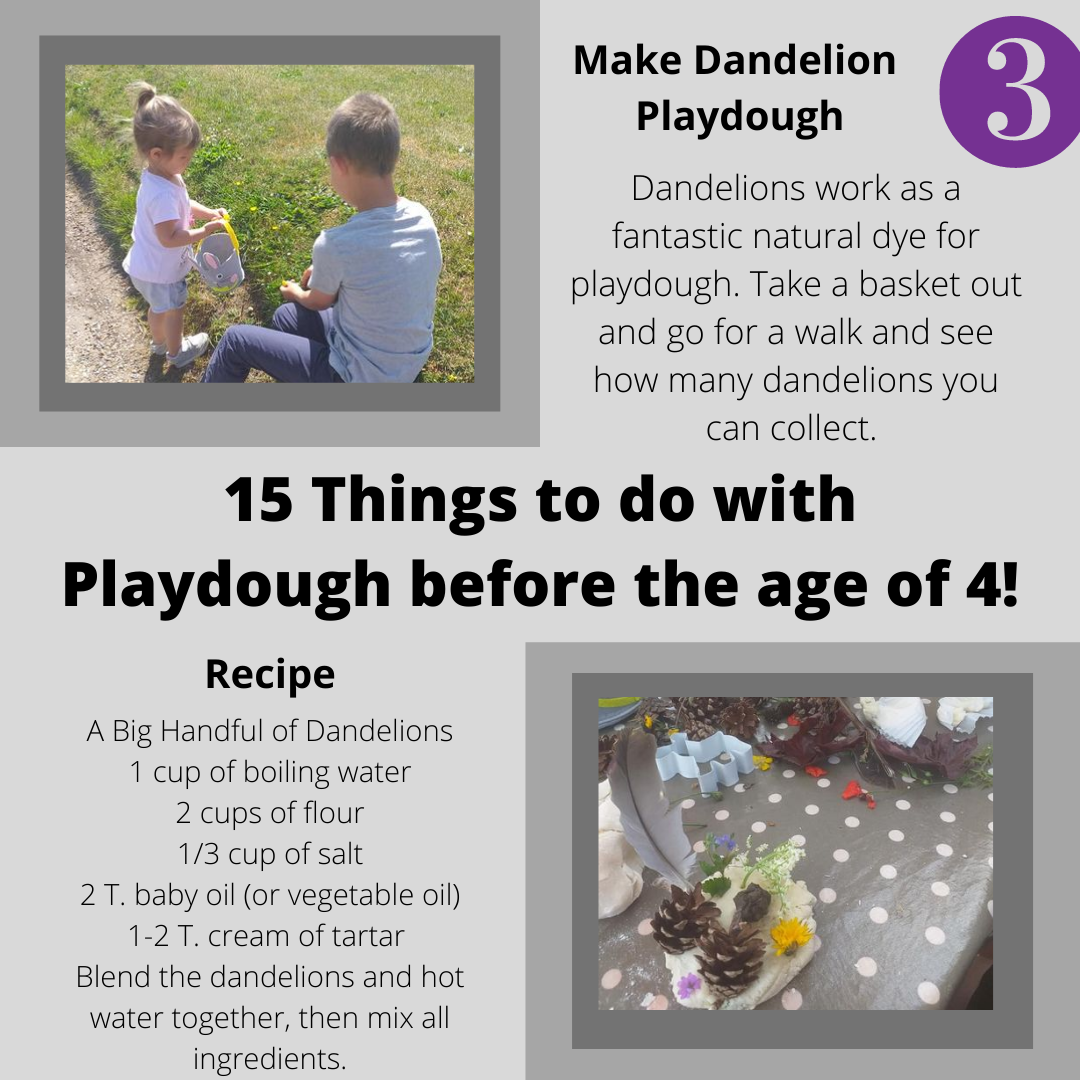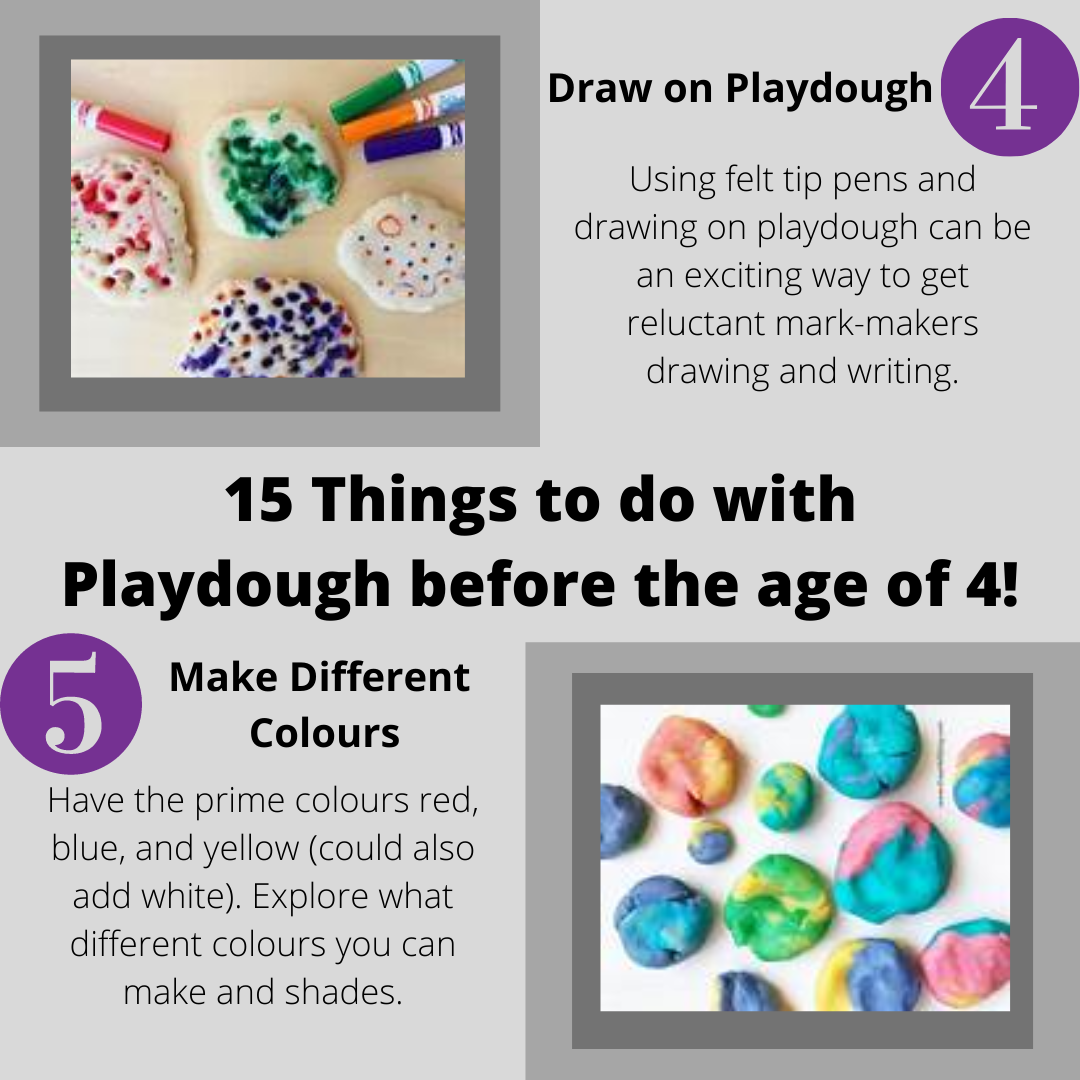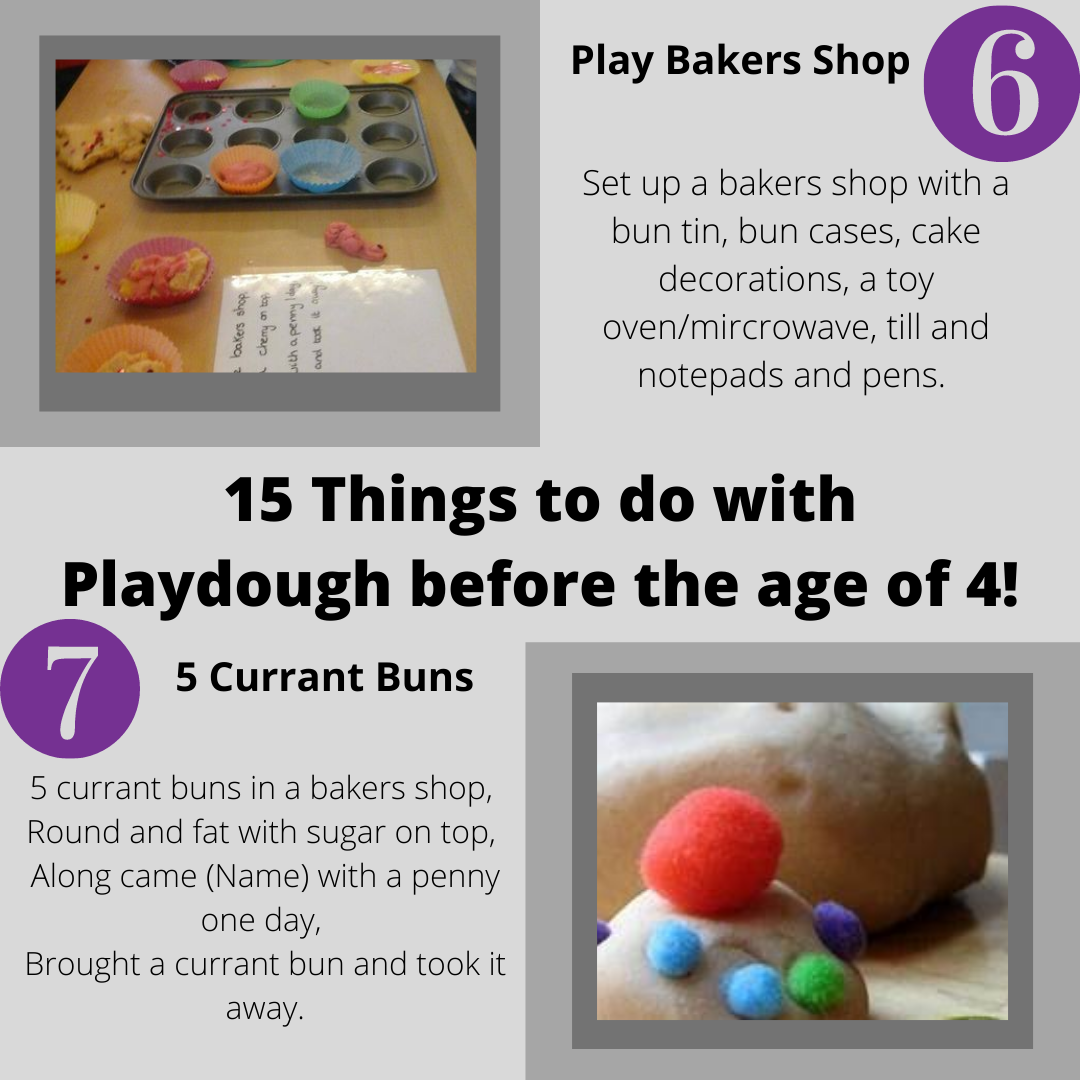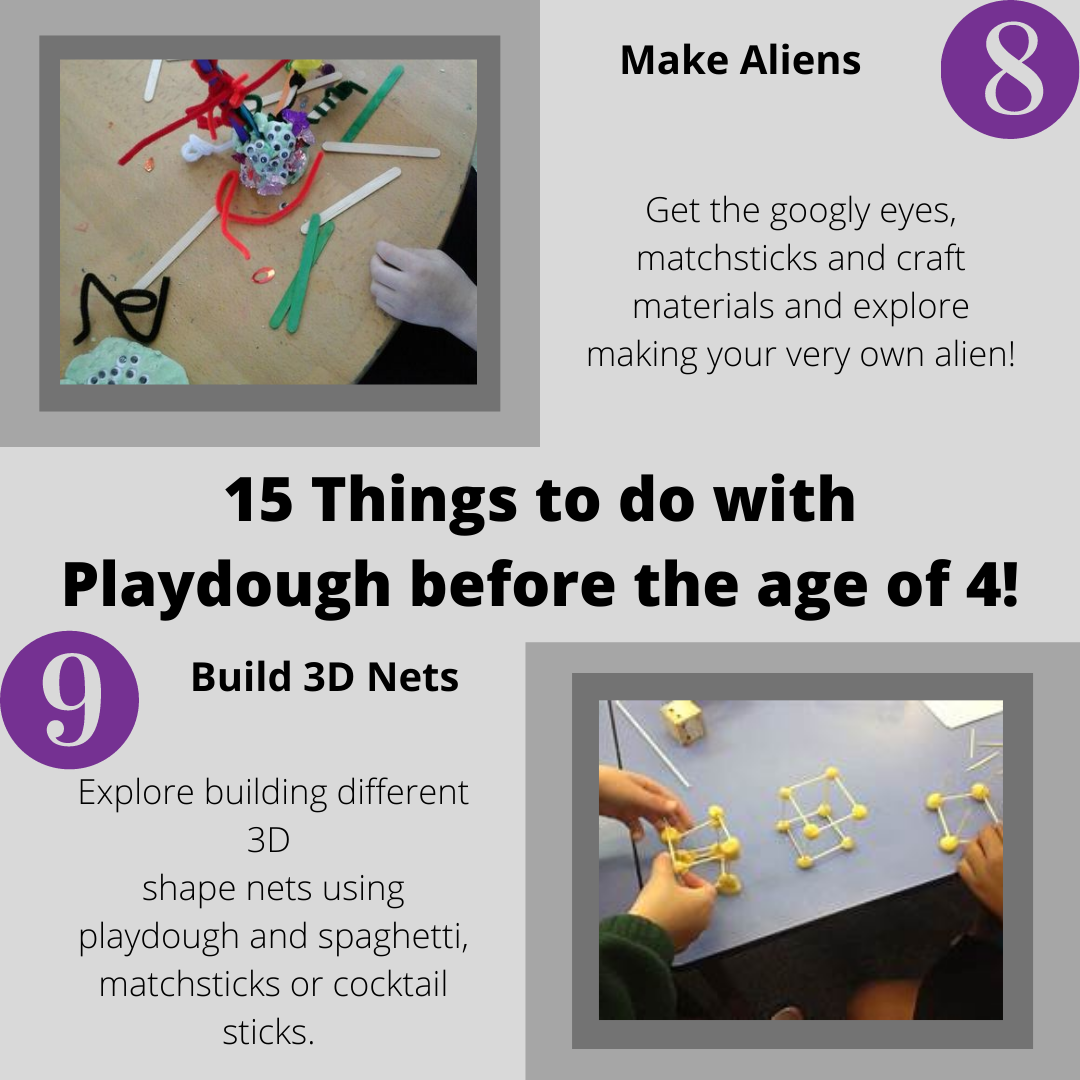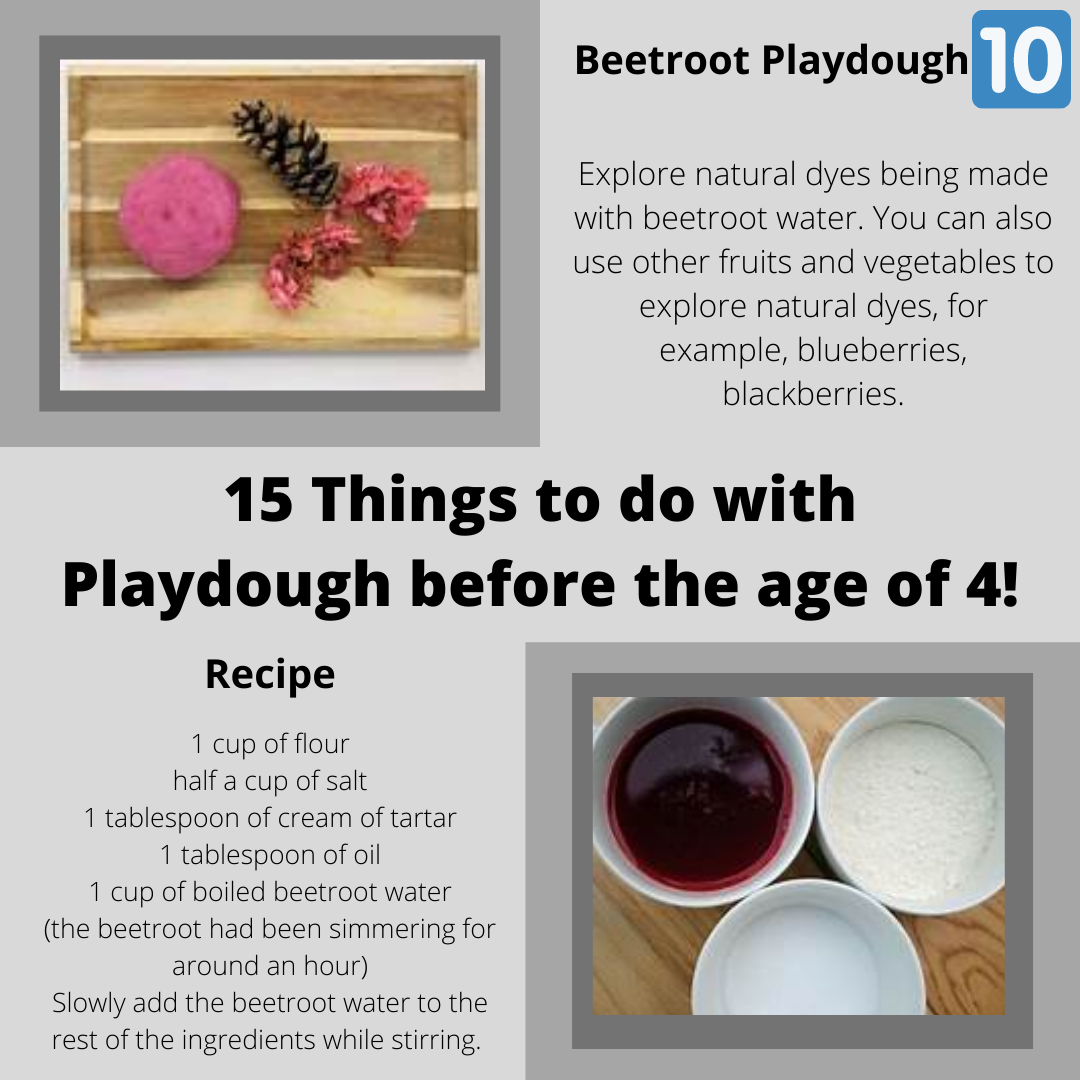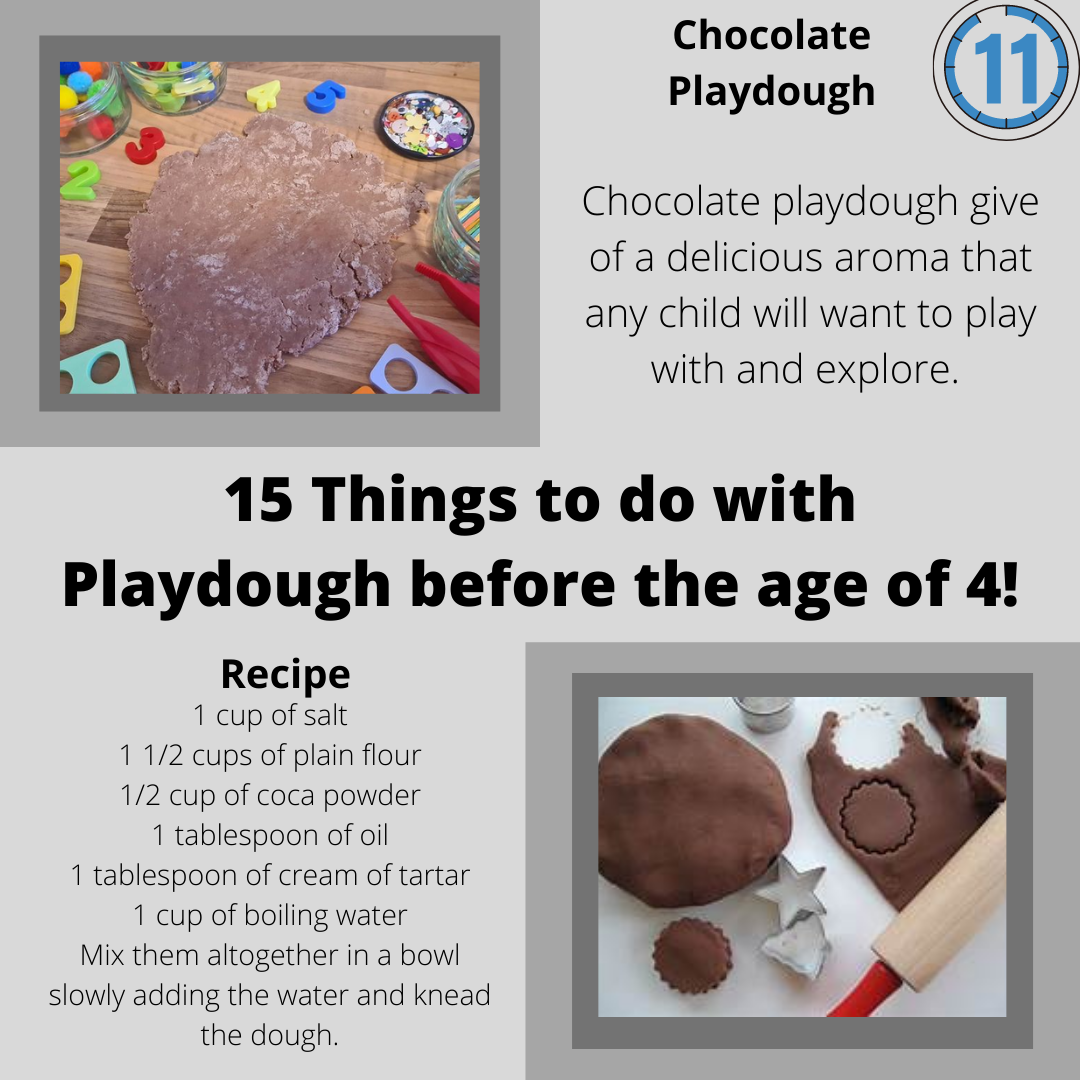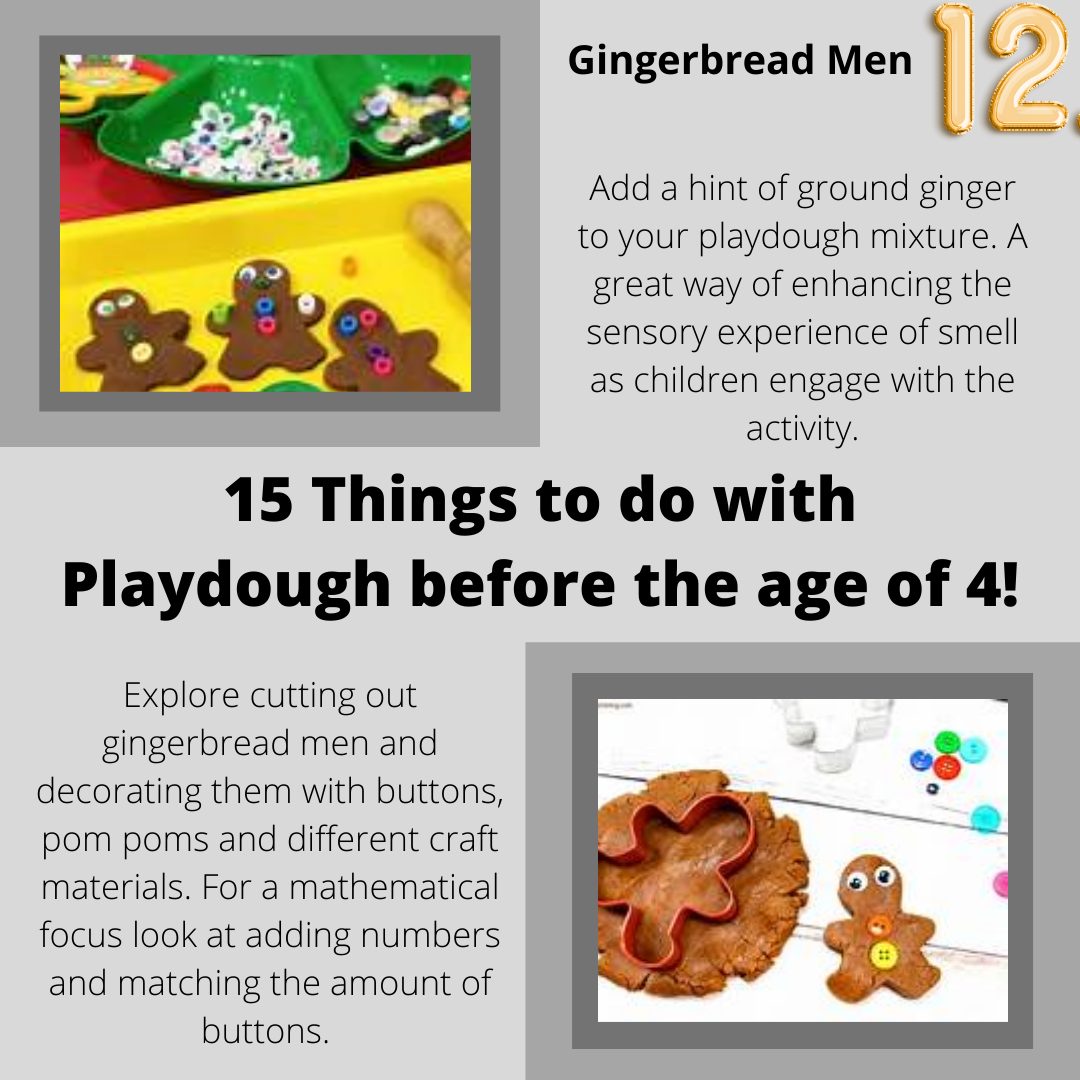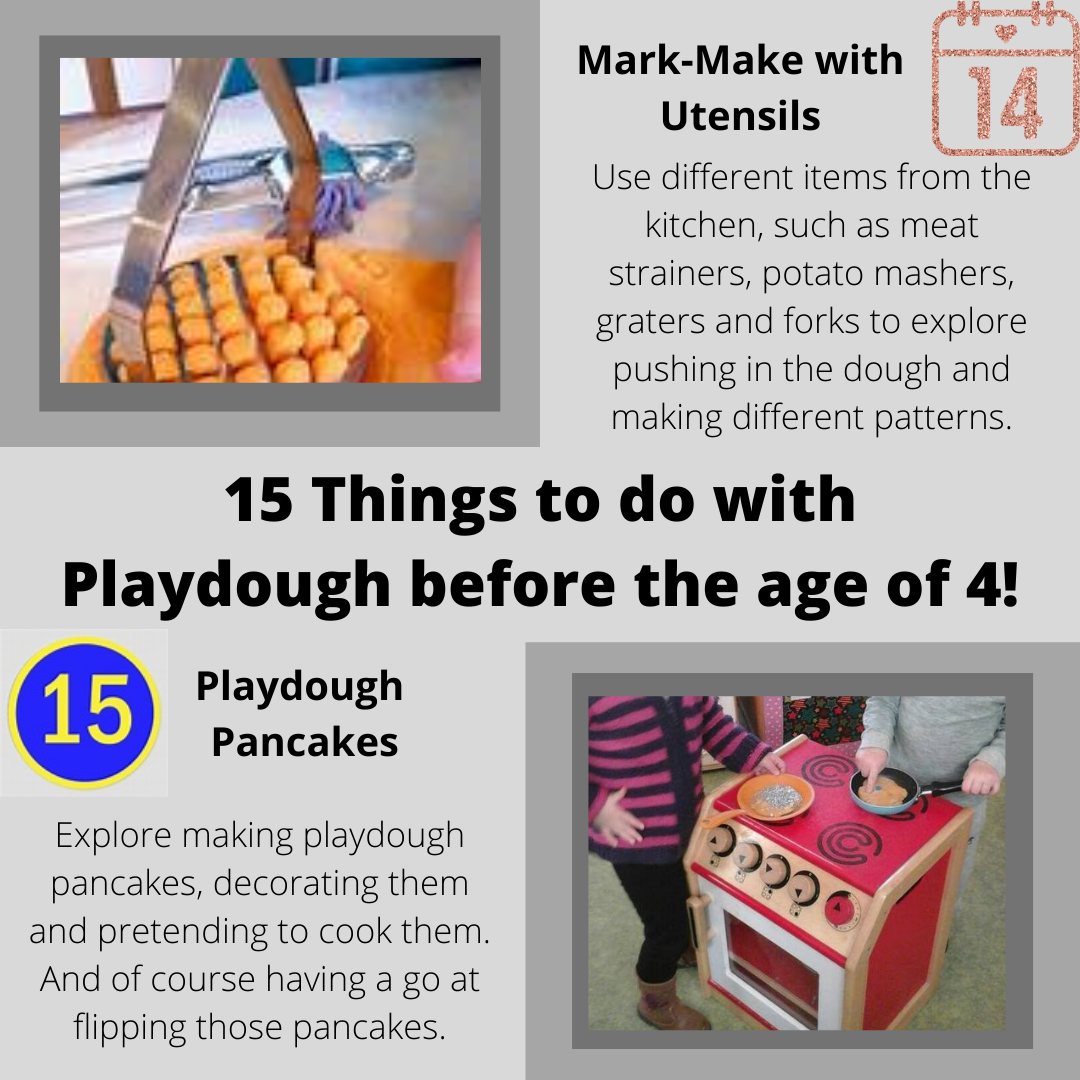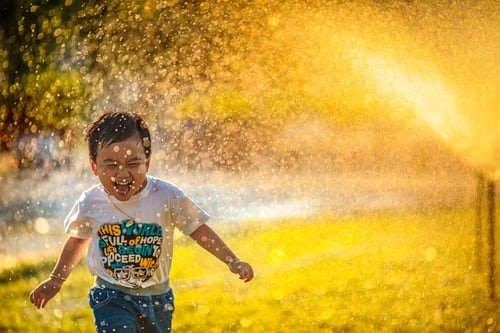Numeracy November 2022
Today is the launch of our very first ever Numeracy November. Numeracy skills are the basic skills or knowledge to apply mathematical knowledge practically in everyday life experiences…
Why are we launching our first ever Numeracy November?
Today is the launch of our very first ever Numeracy November. Numeracy skills are the basic skills or knowledge to apply mathematical knowledge practically in everyday life experiences, for example, at home, work, or school. We use maths in so many of our daily activities without even realising it, from popping to the shops, to baking a cake, budgeting our finances, driving our cars and working out distances, special awareness or working out ratios! Numeracy skills are an integral part of everyday living.
Jerrim (2018) stated that research suggests that in England 4 out of 10 adults are unable to make simple everyday mathematical calculations, whilst Fox (2021) reports that only half of UK adults have a basic level of primary mathematics. This is well below the average of other developed countries. Whilst in 2020 it was reported that 1 in 4 GCSE Students, received a D or below for mathematics (BBC News 2020). This trend goes all the way down to the early years where we know that in 2018 and 2019, 1 in 5 children in did not meet the expected levels for mathematical development (DfE 2019). We need to focus on supporting the foundations of children’s learning to support the trends for future learning, confidence and love for mathematics.
Numeracy November will be running for the whole of November 2022, where we plan to share lots of content and information that will meet the following aims. With the full intention of supporting the early years community as much as possible. And drawing on real life practical examples and sharing a wide range of resources and places to access more help.
In Numeracy November we aim too:
Create a love for applying mathematics in real life!
Help you to support staff who may be struggling with number confidence and signpost helpful resources.
Debunk mathematical terminology.
Help you to create a numeracy rich environment in the early years.
Help you to create a love for numeracy among the children you work with.
How can you get involved?
There are many ways that you can get involved in Numeracy November 2022. You can like and follow posts on Facebook or Instagram. Sign up to our mail merge. Or share ideas in our Early Years Practitioners with Growing Together group on Facebook.
Our Ofsted Experience Hitchin House Day Nursery
I recently caught up with the wonderful Zoe Wright, Operations Director for Hitchin House Day Nursery. They have recently had an Ofsted inspection and she wanted to share their experience. And how her and her team managed the inspection on the day…
Climbing wall at Hitchin House Day Nursery - Taken from their Facebook page on 05/09/2022
I recently caught up with the wonderful Zoe Wright, Operations Director for Hitchin House Day Nursery. They have recently had an Ofsted inspection and she wanted to share their experience. And how her and her team managed the inspection on the day.
“Firstly, I would like to say that they did what they said on the tin!”
Like many of us Zoe was concerned about the Ofsted inspection, we have many bad, good, and in-between experiences in the sector, which can leave us feel anxious and unsure about what will happen on the day. However, Zoe was very keen to share with myself and others that they really did do what they said they would do in the Early Years Inspection Framework. This is something that I am hearing quite a lot at the moment, which I think is a positive step towards the consistency that has often concerned us all.
The Day Before the Inspection
Hitchin House Day Nursery have been anticipating their first ever Ofsted Inspection since opening and when Zoe’s mobile rang at around midday from a private number. She said, “that will be Ofsted!” and she was not wrong. The inspector went through and gathered the various checklists of information that is highlighted in the Early Years Inspection Framework and said that they would discuss their Covid-19 measures when in attendance the following day.
“As I began talking the staff, just placed the prompt sheet in front of me, I was so grateful!”
Zoe had created a prompt sheet to support her colleagues in case it was not her that answered the phone. But in the moment of nerves and excitement this also came in very handy for Zoe and is a great idea to pass onto other early years settings as you plan and prepare for your inspection. Within the phone call they also arranged the time that 2 inspectors (due to the size of the setting) would arrive the following day 7:30 am! An early day for them all!
In preparation for the next day, they didn’t do anything special as a nursery, they informed the staff. Some volunteered to come in as extra the following day, excited to be part of the team and in it together ready for their inspection. All the senior and middle leaders went out for a meal that night together, not to discuss Ofsted although they were welcome to, but to have that time together and support well-being.
Inspection Day
The setting had two inspectors that literally worked in tandem throughout the day, making the inspection seamless and the most effective use of time. One of the inspectors was named the lead inspector. They split up the daily activities and tasks between them, regularly reviewing timings and having points of the day where they caught up and checked in with each other.
Eve the nursery manager was the best person to do the learning walk, enthusing her passion and making the very most of every single opportunity.
“Think Carefully about who does the learning walk, who is the best person to make the most of every opportunity and sell your setting!”
Whilst doing the learning walk that took about 2 hours (Hitchin House is a large setting with lots of amazing things to see!), Eve would stop to do things such as highlight good practice as they saw it happening. Zoe discussed how it was crucial that she was “using every room to cover aspects of the early years inspection framework!” Meaning that Eve managed to get lots of details in about the setting and have some clear effective conversations. The Ofsted inspector also commented as a key point on how effectively the 3I’s: Intent, Implementation and Impact were covered within the learning walk.
“Use every room to cover aspects of the early years inspection framework”.
She also used the learning walk as a chance to share how the needs of children are met, to discuss children with special educational needs and disabilities and examples of excellent practise. As well as covering a minor complaint that the setting had received, safeguarding children and adults and reiterating the ethos of the setting. She also highlighted a strength of the setting in coaching and mentoring by supporting a new member of staff in front of Ofsted. This is a great way of highlighting to Ofsted and them seeing how we supervise and support staff to grow and develop, so don’t shy way from making the most of those learning opportunities for staff like you normally would because of Ofsted are watching. As a sub text of this Eve was then able to cover safer recruitment, induction, and supervision through sharing the new member of staff’s file.
While the learning walk was occurring the second inspector was with Zoe talking about the recent complaint and safeguarding. She also took the time to talk 1 on 1 about safeguarding with a member of staff who wanted to speak to the inspector, and this was arranged so it could happen. Zoe talked about how although we may want to shy away from complaints, that it was beneficial for them to keep that at the forefront of all of what they were sharing; rather then brushing under the carpet.
“Face complaints head on, do not shy away from them.”
A staff member volunteered themselves to be the member that was being observed doing the joint observation and was doing a sing and sign session with a group of children. Zoe the operations director again used this as an opportunity to support one of the middle leaders in the growth and development, by asking them their feedback and encouraging them to share what they thought about what had just been observed. This again, was able to show a strength of the setting in coaching and mentoring, but also the wider ability of staff to be reflective and evaluative of practise.
They tracked two children throughout the setting one child with SEND and the also wanted to track the newest child to the setting. It was only her 2nd day, but they were impressed with how well the staff knew they key child and how the child could not be picked out from the other children. They spoke to staff about the children, they didn’t have to see any paperwork, or ask for anything specific, just like they said they don’t. Although, one inspector did share she didn’t have to but would love to look out of nosiness (this would so be me as an inspector!).
At around 12:30 pm they re-met and discussed the itinerary for the rest of the day that the management meet with going to be at 2 pm, and the feedback at 2:30 pm. They just wanted some time again in tandem to go around and explore the different rooms and areas of the setting. They also shared that in order to write something in a report they have to see it, so for example, to talk about the climbing wall they had to see children on the climbing wall. They were also asked to “go away and tell them what makes there setting different.” For when they got back together to discuss.
The 2 pm, meeting only took half an hour because Eve had done such a fantastic job of covering most things as part of the learning walk. And then they were into feedback. We can’t share this yet, as their report is not published, but as soon as I have seen it I will share it with you all.
All in all, the inspection was a very pleasant experience for the setting and was all over by 3:30 pm, again keeping to the time frame that is outlined within the early year’s inspection framework. Zoe also shared that they had done a lot of online research beforehand, looking at a variety of websites for example, google, day nurseries, website, Instagram and Facebook.
“Make sure that you have a good internet presence and that it is also good for professionals. And address any bad reviews.”
Supporting Storytelling Through Block Play in the Early Years
Children will go through different stages as they begin to use props to make up stories and add dialogue to their play…
For our final blog post in our block play series, we are going to look at how block play can support children to develop that inner storyteller. Whether that be through incorporating small-world play and props role-playing being construction workers. There is lots of opportunities and ways that we can support children to develop their narrative, communication and language skills, and personal social and emotional skills as they work together to add a storyline to their play.
What are the stages of story telling in play?
Children will go through different stages as they begin to use props to make up stories and add dialogue to their play. For example, children may begin to add voice sounds as the run a car across the floor going “brrm brrm”. This is the very early stage of children adding dialogue to represent their understanding and experiences. We then act out our familiar experiences using available props, for example, we may pick up the hammer and begin to bang the hammer and represent what they have observed others doing. As children get older, they begin to play alongside other children in their play, so for example, we all might be playing tea shops making teas and coffees. We are engaged in the same activity, but we are not necessarily reliant on each other for our play or interacting with one another. Children them move into the stage of collaborative play where they are working together to develop their storyline and direction of play.
The reason I share the stages of play is that it is important to reflect on where your individual children are in their journey when you are supporting storytelling through play. For example, if you have a child who is many solitary in their play but is beginning to add noises and sounds to their play. You maybe supporting them by modelling joining in and playing alongside others. Or using communication and language to invite them in and add narrative to a play and to show them perhaps (not an indefinite way as play is open ended) but suggestions that could spark their interest or enhance their play. For example, you build a bridge using the construction blocks. You test to see if it is high enough to fit the toy car underneath. You then might add some “brrm brrm” or “beep beep” noises as you move the cars around.
Ways to support storytelling in block play?
There are many ways that we can support story telling in block play, through providing children with a range of rich and wonderful experiences and resources. Below are some ideas to support children:
Have a range of fiction and non-fiction books around building and builder’s sites. This will give children knowledge and understanding that they can add into their story telling.
Have a local builder come in and talk about their job or visit a local builder’s site to see what happens.
Model to the children play and developing stories around available resources. For example, children might need to see an adult model how we use a spirit leveller to know how we use it.
Add in small-world props and resources based on children’s interests – e.g. cars, toy people, animals, dinosaurs and so on.
Provide story sacks or baskets with available resources to retell those familiar stories. For example, the 3 Billy Goats Gruff Book and puppets; with the building blocks. This may inspire the children to build their own bridge for the big bad troll to be hiding under and to retell the story. This can either be left as a provocation to see what the children do with it or it can be an adult directed activity where you work together to build the bridge and scaffold the children as they work and retell the story altogether.
Add dressing up items such as hard hats and high visibility jackets, to encourage them to role-play being builders.
Have real resources such as tape measures, rulers, spirit levellers and so on to support children to act out those experiences using the props around them.
Encourage children to share with others and talk about what they have built and describe it.
Join us for our next running of our webinar, ‘The Potential of Block Play in the Early Years’ on the 1st September 2022 at 7:30 pm
Guest Blog: Love-Based Management Approach
Having your staff team all following the same ethos can be challenging but is essential for the learning outcomes of the children to be delivered. I follow the ‘love-based’ management approach….
Written by Victoria McAvoy
My name is Victoria, and I am the nursery Principal for Belmont Farm Nursery School in Mill Hill. We hold 110 children a day and have a large staff team to match. I have a passion for childcare, and truly believe that the first 5 years of a child’s life are the most important and believe we are so lucky as nursery workers to be a part of that.
Having your staff team all following the same ethos can be challenging but is essential for the learning outcomes of the children to be delivered. I follow the ‘love-based’ management approach, put simply this is all about respecting your staff and understanding that they have a life outside of the setting. I have personally found the ‘love-based’ management approach allows your staff team to feel appreciated, respected and listen to. I have then found the same is then given back to myself and my deputies.
Ways in which I use the love-based approach are:
- Showing appreciation
This could be a thank you note, a kind word or walking through the classroom and finding three positive things to mention. We also have a rewards app we use to send recognitions and provide ‘perks.
- Offer encouragement
If I notice someone is struggling, I will always lend a hand and support them through that situation, to help them gain confidence and self-belief. Saying well done for how something is handled or hearing that you are proud will give the pride needed to continue the good practice. If we don’t encourage or guide good practice, how do we expect staff to know what they are doing is the right way for the setting.
- Open door policy
I have an open-door policy for my office space, the door is only closed for confidential meetings. Having a safe space for the staff to be able to come and chat about anything that is on their mind is improving mental health within the setting and actually allowing for some great changes.
- Gaining opinions of the staff team
The staff team on the floor are the ones trying out all the managers ideas, gaining feedback on what works and what doesn’t is a great way for the team to feel listen to and respected. If I am coming up with new ideas, I will hold a senior meeting (room managers, 3rd in charge and deputies) where the idea will be put out to them, for them to share their opinion on if it will work on the floor. If they feel it won’t work, I ask for other ways we can reach this goal/an alternative they think could be a good idea. We also hand out regular staff questionnaires and then share the feedback with a ‘what you said, what we have changed’ this is another great way for staff to see you are listening to them and making the changes you can make.
- All members of management to be on the same page
This may be the most important part, I have regular meetings with my deputies, third in charge and room managers. My goals, targets and ethos need to match my senior teams’ views of the nursery and what it can achieve. Without my senior team on the same page as me, following the same ‘love-based’ approach the nursery would not run as well as it does.
- Getting the team on the same page
This becomes a lot easier once the senior team are believing in the vision and following the same management style! A similar approach by gaining ideas from everyone, asking questions, and gaining feedback. I get the staff to review the curriculum regularly and ask what they do well and what they can improve/add on from it. Giving staff members the space to come up with ideas for their classroom based on the ethos of the nursery gives the staff the time to understand the ethos and how it can reflect into the classrooms. I also spend a lot of time in the classrooms, as does my deputy so we can show how we understand the day to day of a room, and that we can practice what we preach. If the staff are not seeing your practice, it can cause friction when something isn’t working or not established enough yet as they will feel you do not understand. Staying connected to the children helps to remind me what I got into childcare for in the first place.
I truly believe if we show our staff that they are cared for and thought of in the day to day running of the setting, as well as thought of in terms of their life outside of the setting it supports the atmosphere around the nursery to be a positive place to work. Working in a positive environment not only makes the staff happy to be at work, it makes the children’s day more enjoyable and the learning opportunities greater. If the staff care about the nursery as much as you do, the possibilities are endless.
Block Play and Mathematical Development in the Early Years
A classic early year’s example, often children explore building towers often setting the challenge to see who can build a tower taller than themselves. This instantly lends itself to some discussions about size…
Welcome to our next series in our block play series. This week we are going to be focusing on how block play can support children developing their mathematical skills through construction play. Mathematics is literally all around us and when children are playing and engaging, there is always potential for lots of opportunities to develop across all areas of the curriculum. Hands on experiences give children opportunities to learn about mathematics in a variety of contexts.
To find out more about mathematics being all around us why not check out our webinar recording ‘Mathematical All Around Us’.
Measuring in Block Play
Children use play to replicate their experiences and things that they observe others doing. This is an important way that children make connection and sense of the world around them. The introduction of resources such as tape measures and rulers can support children as they look at measuring their buildings and constructions. As they make comparisons about size, height and length of their buildings and constructions.
(Photo Credit: Pinterest)
Often this replication although supporting children’s ability to add narrative to their play and storylines alongside others (remember before children can write a story, they need to be able to tell stories with others!). But it can be limited by children’s mathematical skills, as to use a ruler or tape measure they often must understand and know large numbers to interact with this mathematical concept. Consider introducing resources that children can use that are non-standard units such as a set of handprints, multilink, footprints or Duplo. This means the children will be able to count the objects and incorporate mathematics into their play without adult support with large numbers.
Children will also problem solve, measure, and make comparisons of size and use a rich array of mathematical vocabulary such as bigger, smaller, tiny, longer, little, huge, shorter, and so on without the introduction of standard and non-standard units. As they join in conversations, they talk about their building and make comparisons. While they participate collaboratively to develop ideas. To stretch their understanding and their limits.
(Photo Credit: Project Matters)
A classic early year’s example, often children explore building towers often setting the challenge to see who can build a tower taller than themselves. This instantly lends itself to some discussions about size, as children may begin to make remarks such as “It is smaller than me!” Or “it is bigger than me!” This is a great opportunity for us as early years practitioners to extend learning in the moment. For example, introducing new language such as height, width, length and modelling a vast array of mathematical language. As we build and play alongside the children and build towers and make comparisons. There is also the opportunity to make comparisons between towers, for example, “How many blocks taller than you is your tower?”
Symmetry in Block Play
As children progress through the stages of block play in stage five (patterns and symmetry) they begin to make symmetrical buildings. This means that they are beginning to develop a basic understanding of symmetry and looking closely at patterns and similarities in buildings. They will also be developing an understanding of shapes and numbers as they explore making sure that they put the same shape and number of blocks in either side of the invisible line. For example, I need to red blocks, and one large brown cylinder and one large orange cylinder for either side. We may even begin to show a practical understanding of doubles or putting numbers together and learning simple number bonds.
Exploring Symmetry
When thinking about children who are beginning to explore symmetry and patterns in their block play. You might want to consider:
Do you have different coloured and shaped blocks?
Can you introduce mirrors to play and photos?
Can you bring in art activities that explore patterns and symmetry?
Making Buildings
Some children will be in the stage of block play when they are beginning to make representation of buildings. This is a great time to be incorporating house photos, and photos of different types of buildings where children can start to explore and talk about the natural patterns and symmetry in buildings. Additionally, think about adding clipboards and pens to promote early mark-making where children can design their own buildings.
Building designs can easily bring in mathematical concepts and vocabulary for example, sharing size of bricks, how many? Or does your building have windows? Whether that is part of a discussion or shared mark-making or individual mark-making with a skilled practitioner. You can easily build in children’s mathematical vocabulary and skills as they design and create their very own buildings.
If you would like to join our webinar, ‘The Potential of Block Play in the Early Years’ please click below to find out more or purchase your ticket now.
Guest Blog: Persona Dolls and Their Impact
One child ran to get a tissue to kindly wipe Ollie's tears and nose, other children gently rubbed his back and gave him a hug, another went to get him a drink so poor Ollie had his first bath that evening too!
Written by Fiona Courtland from Gables House Nursery
(Photo Credit DECSY)
I first came across Persona Dolls in February 2020 as I was browsing through the internet looking for ideas to promote inclusive practice in my early years setting. Persona dolls were founded by a lady named Babette Brown in 2000 who's mission was to promote diversity and challenge discrimination on the grounds of race, gender, class and ability. Referenced from (https://personadolluk).
Intrigued after watching a promotional video, I purchased the training resources and my first Persona doll whom we named Ollie. He arrived during the first lockdown which was actually perfect for us because we had one particular little boy who had very abruptly transitioned from his existing nursery to ours due to a Covid closure. As a result, he was really shell shocked at being moved from a nursery he loved one day, to our nursery the next, by a very fractious and worn out mummy who was working full time for the NHS.
As a team of staff, we had a discussion around intention of use for the doll which we believed might resonate with this child. We named our doll Ollie and gave him a similar identity to child x, a home, a family unit the same. He had similar likes, interests and family circumstances which we thought would easily form a connection to the child we had in mind. On first introduction, I entered the room holding Ollie whist all the children were busy playing and placed myself strategically next to child x. I said nothing, I just waited and after a few minutes proceeded to place my ear up to Ollie's mouth in order to start my imaginary conversation. I responded to Ollie with words of reassurance and my eyes remained fixed on the doll giving him full attention. It took less than two minutes for children's curiosity to be roused to the point where they stopped what they were doing to investigate further.
At first there was a general air of disbelief and suspicion about the credibility of my conversation. However my face remained serious as I continued to give Ollie and only Ollie my undivided attention. Soon the children were following my lips and my actions, fully attentive and engaged in listening to the responses Ollie gave to me through my feedback to them. At that point I knew I could sensitively open up a discussion around feelings attached to transition using Ollie as an example and my prop. As a result I am pleased to say that child x shared all his fears and anxieties relating to his recent move with myself and his new friends during that conversation.
“The impact was instant and quite remarkable.”
The impact was instant and quite remarkable. One child ran to get a tissue to kindly wipe Ollie's tears and nose, other children gently rubbed his back and gave him a hug, another went to get him a drink so poor Ollie had his first bath that evening too! Most importantly, the children showed empathy and kindness towards both Ollie and child x as they developed a new understanding of what it feels like to not know anybody and feel different. Child x showed a sense of relief. He wasn't the only one who was going through a tough time and we could see that he felt better for sharing his thoughts and feelings with us. We were quickly from that point able to both reassure him and also put together next steps in order to continue helping child x to process the sudden changes in his life and the emotions attached to family life being a little strained. He settled so quickly after that. A few months later child x had to get his first pair of glasses. Guess who also happened to need cool and trendy glasses on the very same week? Yes you guessed it..... Ollie!
Since the purchase of Ollie, we went on to buy one more Persona doll named Ekam. Ekam also enabled staff members to open up a whole host of discussions, some relating to equality and diversity, some related to other topics for example protecting our environment. One staff member took Ekam to the beach and collected litter, surrounded herself and the doll with the litter and took a photograph of them with sad faces. The next day a group discussion was opened up as children were asked to think about why she and Ekam might have been sad. The Impact of learning from this discussion set a course for further topics related through planning next steps.
Like all settings we sometimes have challenging behaviour with children who struggle to self regulate emotions. This might include them biting, spitting, being unable to share and take turns etc. The dolls provide a valuable approach to handling all of these issues professionally, sensitively and effectively for the good of each child's unique set of circumstances. They work and they work well and through subtle, indirect teaching we can help children to understand, think critically and make sense of the world around them. The dolls allow children to voice their opinions, give opportunities for the children to know that they are being heard and enable them to understand the importance of allowing different views to be valued.
Every week we find new ways of using these dolls and the children continue to learn so much from us through their use.
Enhancing Children’s Literacy Development Through Block Play
Welcome to the next blog post in our block play series that is exploring the potential of block play in early years settings. Enabling environments are a core principle of the Early Years Foundation Stage (EYFS)…
Welcome to the next blog post in our block play series that is exploring the potential of block play in early years settings. Enabling environments are a core principle of the Early Years Foundation Stage (EYFS) and creating a rich environment full of many learning opportunities and experiences of our children. We know the Early Years Inspection Framework (EIF) refers continuously to good and outstanding settings set children an ambitious curriculum that is full of a variety of experiences and ideas. This is what we want for all our children. This blog post looks at how we can enhance our block play environment, and teaching to enhance literacy skills in a meaningful way.
I am a firm believer that literacy in early years settings is more then just popping up laminates and labels to support children’s learning and development. But, providing opportunities for children to engage in literacy in natural ways through what we call a literacy rich environment. A literacy rich environment is defined as opportunities for children to engage in everyday literacy activities with a responsive adult, including reading and sharing stories and exploring writing and mark-making.
There are many simple ways that we can incorporate literacy into the construction area, which doesn’t cost huge amounts of money, time, or investment. Below are some examples:
· Introducing books about tools and construction sites.
· Print pictures of building plans and model drawing out and planning building making sure that you have clipboards pens and pencils available in your construction area.
· For older children a word bank of key construction words might be helpful as they begin to label their drawings and plans.
· Focus on buildings of the world and see if you can get picture books showing different types of buildings. For example, looking at China, you can look at buildings, books about the great wall of China and so on.
Humpty Dumpty’s Wall
This is an example, from my own practise many years ago which was always a hit whenever we did it. Not only did it incorporate lots of literacy opportunities as children planned out their own walls, labelled their pictures, experimented with mark-making, and built their walls. This activity was also rich in mathematical learning, as they counted bricks, planned out how many they needed, made comparisons, talked about difference in sizes and so on. It was also a rich communication and language activity, children shared ideas with each other collaborated, joined in singing rhymes, made decisions and choices.
So, what did we do? We started the activity with the children drawing/designing their own wall for humpty dumpty in the construction area. Some children choose to draw around their blocks, some children did it free hand, we talked about the sizes they were going to use and how many. The children then replicated the building using the construction materials; carefully looking at their plans. Some children applied phonics knowledge for example, attempting to write big for a brick, while others explored earlier stages of mark-making. Writing names, or numbers of how many bricks they were using it really was a rich activity.
To find out more about the stages of early mark-making, why not download our webinar recording ‘Early Mark-Making’ here. A great webinar recording that talks about the important stages of early mark-making and how you can support them as an early years educator.
The children then went and decorated their very own hard-boiled eggs as Humpty Dumpty, carefully selected resources, sticking, cutting, gluing, taping and creating masterpieces. We then sang the song Humpty Dumpty and children tested out their walls and the splatting of Humpty Dumpty (possibly the most exciting bit for our 2- to 5-year-olds). Children revisited this activity again and again, designing different walls, testing ideas, making new eggs. It was a huge success.
We found this them inspired children to continue planning more in their building play with an adult support or even a predetermined goal of what we wanted them to make. For example, children were observed having those discussions with each other of what we were building and would naturally turn to the clipboards as they worked collaboratively to discuss their ideas and how they were going to build things. Drawing their own plans and recording their ideas through early mark-making.
Photo Gallery for Humpty Dumpty Walls
A Note on the Link between Nursery Rhymes and Literacy Development
Using nursery rhymes as a basis for activities to promote children’s literacy development we also know is proven to support children’s early phonics development and later literacy skills. For example, Meme Fox states that “Children who know 8 nursery rhymes by the age of 4 years old are some of the best readers at the age of 8.” We also know that nursery rhymes promote children’s listening and attention skills, tuning into sounds and words that is a very important skill that children need for the next stage of phonics (phase 2).
Join us next week for our next blog post in the series, ‘Focusing on Mathematics in Block Play’. Don’t forget you can add yourself to our mailing list, to receive updates of upcoming events, news and new blogs.
If you want to learn more about the potential of block play and be inspired, why not join us on 1st September 2022 at 7:30 pm. For our next running of our webinar, ‘The Potential of Block Play in the Early Years’, which is part of our continuous provision series.
Physical Development and Block Play
Construction play is a firm staple of many early year’s settings, whether that be through Duplo, wooden blocks, Lego, large blocks, or community play blocks and everything else in between. We use a wide array of items to support children’s learning and development…
Blog Post One in Our Block Play Series
Construction play is a firm staple of many early year’s settings, whether that be through Duplo, wooden blocks, Lego, large blocks, or community play blocks and everything else in between. We use a wide array of items to support children’s learning and development. Join us for our new series that will look at block play in early years settings. This first blog is going to look at how block play can support children’s physical development.
Many years ago, I was in a meeting with an Occupational Therapist (OT), and she shared with us, how much she loved the fact we used Lego in the preschool. She sat there and said, “Lego is just amazing, and is exactly what Child A needs to support his physical development!” This made me smile so much, because it is so true and often, we can forget the value of the everyday toys or equipment we use and how they support children’s learning and development.
I guess in the very simplistic term, we can forget the why we purchased those resources in the first place. Or perhaps they just form part or our continuous provision and environment because it is just ingrained and that is how it has always been. At the moment in the early years, it is very refreshing that we are really unpacking our practise, pedagogy, curriculum and enabling environments. We are thinking about the why or intent behind everything that we are doing, and the implementation (how we are doing it) and the impact (the difference it makes to children’s learning, development and well-being.
Do you want to explore the topic of intent, implementation and impact more? Why not join out webinar, ‘Exploring the 3I’s: Intent Implementation and Impact’?
So, let’s go back to the Lego and think about some of the physical skills that children are developing when they are building with construction toys such as Lego, Mega Blocks or Duplo that connect:
· They are developing the strength and muscles in their fingers, hands, and arms as they push the items together and pull bricks apart.
· Developing fine motor skills.
· Developing their hand-eye coordination.
· Developing wrist, elbow and shoulder pivots.
· Developing spatial awareness.
· Developing bilateral coordination (this is having control over both sides of the bodies, to coordinate movement and the development of both sides of the brain talking to one another).
This is true for lots of block play activities, children are learning to balance, control over small muscles and movements, spatial awareness so that they do not knock their towers down and bilateral coordination. We also know that when children are exploring building with big blocks, we are also supporting those larger gross motor skills and coordination as children move and negotiate space as they build. Quite simply there are many benefits to children’s physical development by participating in block play.
Keep your eyes peeled for our next blog post in our series that will look at how block play can be enhanced to incorporate early literacy development.
Do you want to explore the potential of block play more? Why not join our webinar, The Potential of Block Play in Your Continuous Provision?
Guest blog - Five tips for marketing your nursery or pre-school
n this guest blog, Natasha Milsted, Chartered Marketer shares five tips for marketing your nursery or pre-school. Find out more today.
In this guest blog, I will be sharing my five tips for marketing your nursery and pre-school. I know from experience of supporting my sister over the years that often settings do not have a dedicated marketing resource and fall to nursery or pre-school managers to take this on alongside your other responsibilities. Therefore, my suggestions below are easy to implement ideas and tips that shouldn’t take too much of your time up, but have good results.
Tip 1 - Know your audience
Spend a little bit time thinking about who you are trying to reach with your marketing activity and what barriers and motivations they have when looking for a nursery. You can then tap into addressing any barriers in your key messages for campaigns. For example, if they are worried about funding, have content that talks about how the funding works and what support you can provide with getting it set up.
Some key things to know about your audience are:
What is your geographic target audience?
What age group children are you looking for? This can help you with running more targeted campaigns across Meta (Facebook products) or Google.
Are they likely to be funded places? Or non-funded
What time of year do parents look at nurseries or pre-schools? This will give you insight into when to up your marketing activity.
Tip 2 - Make the most of the meta-verse (beyond Facebook)
Paid adverts are a great way to extend your reach to new audiences. Since Facebook became Meta, they are really focusing on how advertising campaigns can be across multiple social platforms they own and this gives you a chance to go to where your audience is.
I quite often see people do boosted posts, but my top tip is to take the time and set it up in ad manager, as this gives you the opportunity to do different placements (e.g. also have it in Instagram stories or affiliate sites) and also more detailed targeting to ensure you are reaching the right people. Start small, test what works and then build it up over time.
Tip 3 - Balance your social media asks
I was always taught really early on in my career I was taught the 70/30 rule and I think it really still applies today. The rule is that 70% of your content should be focused on community building and 30% should be focused on your sales messages. This makes sure that you have balance in terms of the mixture of messages you have going out and makes it more interesting for your target audience.
Your audience will love anything that gives them an insight into what your nursery or pre-school is like and the experience their child would get.
Tip 4 - Strengthen your website
Your website is your shop window for prospective parents, so think about what would reassure them and make them feel better about sending their child to nursery. For example, could you have content about transitions, the approach you take in your nursery and testimonials. Testimonials are a great way to reinforce the quality of your service and mean more than anything you could say yourself about the quality.
Tip 5 - Google adwords - find the people that are already looking
Search adverts are a great way to reach people that are “in-market”. By this I mean people that are actively searching for nursery or pre-schools in your geographic area. Making them a great audience to go after. These are loads of guides available from google adwords to get you started and they will even give you recommendations on how to optimise your adverts once they are running.
Natasha Milsted, Chartered Marketer
Natasha Milsted is a Chartered Marketer with a first-class degree in marketing, a professional diploma in marketing and is currently completing my MBA with the Open University. She is an experienced marketing leader with over 15 years’ experience in delivering high performing marketing campaigns and strategies.
Buy a template marketing plan
Start planning for September by purchasing Growing Togethers template marketing plan and decide what your marketing focus will be for the next year.
World Ocean Day
A blog post focusing on world ocean day. With ideas for early years practitioners.
Wednesday 8th June 2022
Wednesday the 8th June 2022 is World Ocean Day, many early years settings and professionals will be using this as a platform for discussion with young children. So, we thought we would write a blog post focusing on, what is world ocean day, how can we celebrate it with children to extend their cultural capital and interests in a fun and age-appropriate way.
What is world ocean day?
The United Nations theme for world ocean day this year is “Revitalization: Collective Action for the Ocean”. The focus is about sharing and understanding that the ocean is important to all of us, it supports our sustainability, but we know the health of the ocean is in danger. It is a call to action to work together to help raise awareness and act as a community to improve the health of the ocean. You can find out more about it here.
Why focus on world ocean day with young children?
At Growing Together Developing Early Years we are passionate about how our children are the future generation and it is important that from a very young age we teach children and empower them to love our world and look after it. By inspiring a young generation to look after and care for the world from an early age, they will take these values on hopefully for their whole lives and continue to inspire future generations.
Recommended books:
We can start to teach children from a very young-age in an age-appropriate way, which encourages them to begin to ask questions, talk and act upon this important issue. Below are some of my favourite books for this topic:
· Duffy’s Lucky Escape by Ellie Jackson and Liz Oldmeadow
· Marli’s Tangled Tale by Ellie Jackson and Laura Collwood
· What a Waste by Jess French
5 Activity ideas:
1. World Ocean Tuff Tray – have a tuff tray with small world sea animals and water so children can explore habitats that live in the ocean. You could use spaghetti as seaweed to add a more textural feel to the activity.
2. Pollution Water Tray – to start discussions about pollution in the ocean and litter, you could raid the recycle bin and place (clean) rubbish alongside the small world animals in the water tray.
3. Visit an Aquarium – this is a great opportunity for children to learn about the magnificent animals that live in the ocean. You can also find a fabulous virtual aquarium here that you can use in your setting.
4. Ocean Stick Puppets – Add some story telling into your ocean play and encourage children to make their very own stick puppets. All you need is lollypop sticks, pens, paper, scissors and sticky tape. Encourage the children to draw their very own ocean animals e.g. fish, dolphins, jellyfish, turtles and so on. Once they have drawn them, they can cut them out and stick them to a lollypop stick and voila you can make up your own stories. For younger children, you might want to use a template of animals to support them.
5. Under the Sea Small World Area – Turn your small world area into a vehicle to take the children under the sea. Below are some photos of my very own ocean small world area, following a group of children’s interests.
Check out our Facebook page on 8th June 2022 for more inspiring #worldoceanday activities or tag us @GrowingTogetherDevelopingEarlyYears in your very own ocean inspired fun tomorrow.
Part Two: Teaching Colours in the Early Years
Part two of our blog series that explores teaching colours in the early years. Find out more here.
Last week’s blog explored what we meant by teaching in the early years. This week part two is going to explore how do children learn and develop their knowledge of colours through our curriculum that we use to teach them. Curriculum in its very simplest terms, is the framework for what we would like children to learn in the time that they are with us. This is one big composite (end goal) made up of many small components. Sam Sleeman-Boss and Wendy Radcliff from Ofsted at the childcare and education expo (2022) defined curriculum thinking as “the framework for setting our aims of a program of education, including the knowledge and skills to be gained at each stage.”
It is refreshing to remember that the Early Years Foundation Stage (EYFS) Educational Programs, lay the foundation or floor of our curriculum, but we develop our curriculum to help children reach for the stars. It simply doesn’t cover all the small steps, components and learning opportunities that children have in their time in the settings, which is based on the knowledge of a skilled practitioner. An example of this is that, by the end of their time in nursery with us we might want children to be able to express themselves through the careful selection of colour, identifying colours and communicating why. Children don’t simply learn these skills or information though through a quick transference of knowledge and information, they learn them through an ambitious curriculum that is made up of many components or small steps to help them reach the end goal by the end of their time with us.
This is done through hands on experiences in the early years that encourage exploratory learning, collaboration, and the opportunity to develop ideas alongside others. For example, we may start with our very youngest by that simple exploration of contrasts in colours. We know that babies are interested in those contrasts and that black, white, and red supports brain development We then might explore mark-making with different colours using those gross motor skills and movement of our whole bodies and begin to name the different colours that we make. Before doing matching and classifying by sorting, identifying, making patterns and so on. As the children continue to explore, we look at shades and mix different colours, but also recall how they make colours through a variety of activities, using paint, light boxes, messy play and so on. Before, we move onto that being creative using colour to express ourselves and carefully selecting those colours, there are many steps that children go through, in their journey of learning about colours in the early years.
Below are some activity ideas for teaching colours in the early years:
Part One: Teaching Colours in the Early Years
I recently saw a very interesting post online, where someone was asking for support for how do we teach children colours in the early years? Which spiralled into a very lengthy discussions…
I recently saw a very interesting post online, where someone was asking for support for how do we teach children colours in the early years? Which spiralled into a very lengthy discussions about what we mean by the word teach, but also whether children should be taught their colours and how do we fully embrace this. I watched this conversation online unfold, quietly, as I saw some strong opinions and ideas coming through and this was something that I wanted to talk about in a more constructive way. As naturally, this conversation got me thinking, it sparked a consideration for me on two topics, what do we mean when we say “teaching” in our early years setting?
As well as the how do children learn and develop their knowledge of colours through our curriculum? This will look different across all settings as we are unique, we are different, but also, we have our curriculum and what we want children to learn in the early years. To me on a personal level, colour exploration has always been a part of my curriculum and what children develop a knowledge off over the time that they are with me. Mainly because children are naturally curious about exploring mixing colours, I mean how many times do they make a lovely icky brown out of all your bright beautiful colours?
What do we mean by ‘teaching’ in early years settings?
So, let’s unpack to begin with what are we defining as teaching in the early years. I think the confusion about what teaching is perceived like or thought of is muddied by those traditional views of teaching. Where a more knowledgeable adult, imparts information and knowledge and children sponge it up, and repeat what they have been told. Where in traditional method of teaching the teacher or educator is seen as powerful over the learning environment.
However, our view of teaching in the early years is different to this. We understand that in teaching we are collaborators with the children, we join to share that information. This is underpinned by the theoretical ideas such as Vygotsky, who talks about the zone of proximal development. The zone of proximal development is the concept that the learner alongside a more experienced peer (this does not have to be an adult), has a higher level of potential for learning and development, through engagement with one another. This is through careful interactions, scaffolding, and collaboration with one another.
The early years foundation stage refers to how high-quality settings engage in what is referred to as sustained shared thinking. Siraj Blatchford and colleagues defined sustained shared thinking as “An episode in which two or more individuals ‘work together’ in an intellectual way to solve a problem, clarify a concept, evaluate activities, extend a narrative etc. Both parties must contribute to the thinking and it must develop and extend.” (REPEY, 2002) This was part of the EPPE and REPEY study that looked at what was high quality teaching in the early years.
In my mind this is what teaching is in the early years, tuning into the individual children’s interests, developmental needs, our interactions, and positive relationships that allow us to collaborate with the children as they learn and develop. One that is built upon neutral respect and ownership. An environment that encourages curiosity and children to ask open ended questions and work together to learn and solve problems. This is us teaching the children and we shouldn’t under value what we do in an early year setting, just because we do or do not have the word teacher before our name. Because we are all teaching the very foundations to children’s learning.
Join us for part two of this blog next week that will look at how do children learn and develop their knowledge of colours through our curriculum.
Global Recycling Day
Will you as a setting be celebrating global recycling day with your children? This is a great opportunity to take stock and think about talking about recycling with young children…
18th March 2022
Will you as a setting be celebrating global recycling day with your children? This is a great opportunity to take stock and think about talking about recycling with young children. This does not mean I am saying we only need to focus on recycling one day a year in our settings, but by celebrating global recycling day it can help us to re-focus or be the day to start those new initiatives. Such as introducing a recycling bin for paper into the preschool room.
Why do I think it is important to cover recycling with children from an early age?
The children are the future. I know that sounds incredibly cheesy, but they are the future, and we want the world that they live in to be looked after. I think that as early years educators, teachers, practitioners, assistants, childminders, or apprentices, we have an important role in fostering a love for our world and environment that we live in. This means that part of what we teach children in the early years goes beyond the basics of the curriculum that is outlined in our educational programs; but I am passionate that in the early years we teach children how to look after the world that we live in.
Recycling is a simple topic that we can cover in the early years to begin to create that love for the world around us. As we talk about the importance of recycling and the 3r’s, reduce, reuse, and recycle. Also, by beginning to teach children to recycle in early childhood we will be setting good habits that children will hopefully develop for a lifetime.
Below, is the series of ideas that we have been sharing on social media to support you re-focusing on recycling this global recycling day:
Focus on Dough Disco
As part of our finger gym blog series, I wanted to talk about the wonderful benefits of dough disco to children’s learning and development. In particular development of those all-important physical skills…
As part of our finger gym blog series, I wanted to talk about the wonderful benefits of dough disco to children’s learning and development. In particular development of those all-important physical skills, including both gross and fine motor that we develop in the early years. Finger gym is something that I am so passionate about making a difference to children’s development and learning, but also it is fun, creative, and engaging for young children. I was first exposed to finger gym several years ago when I went to the childcare expo and saw a demonstration by funky feet. If you don’t know who funky feet are click here, they will instantly make you fall in love with dough disco.
The songs are catchy, the movements are challenging and fun and most of all it is grounded in a good understanding of how children learn, grow, and develop. With links to how it supports development and growth and the reasons behind why dough disco is designed the way it is. A clear intention, before we even began to use the words intent, implementation, and impact in every conversation we had regarding the early year’s curriculum.
So, what are considered some of the numerous benefits of dough disco? Below are just a few:
· Supports the development of children’s gross motor skills such as shoulder pivots, elbow pivots and wrist pivots that are all essential for early writing.
· Helps to develop children fine motor skills (small movements)
· Helps to develop the muscles in children’s hands.
· Supports children’s communication and language development.
· Promotes movements that cross the midlines in the body, which help promote brain activity and connection between ideas.
I will never forget the time I was doing finger gym in a nursery and became known by the local Occupational Therapist (OT) as the dough disco lady for many years to come. Who took the wonderfulness of dough disco back to the office with her and into numerous early years settings. So, if you haven’t tried out dough disco yet, what are you waiting for?
Check out our new playdough disco action cards here…why not encourage the children to sequence their own movements and actions along to their favourite songs. A great activity for promoting communication and language skills, personal social and emotional development, physical development and expressive arts and design.
Implementation of Finger Gym in Early Years Settings
Lasts weeks blog spoke about the intent and reasons behind why settings may choose to implement finger gym as part of their early years curriculum. This week we intend to unpack some of the ways that you may choose to implement finger gym within your setting.
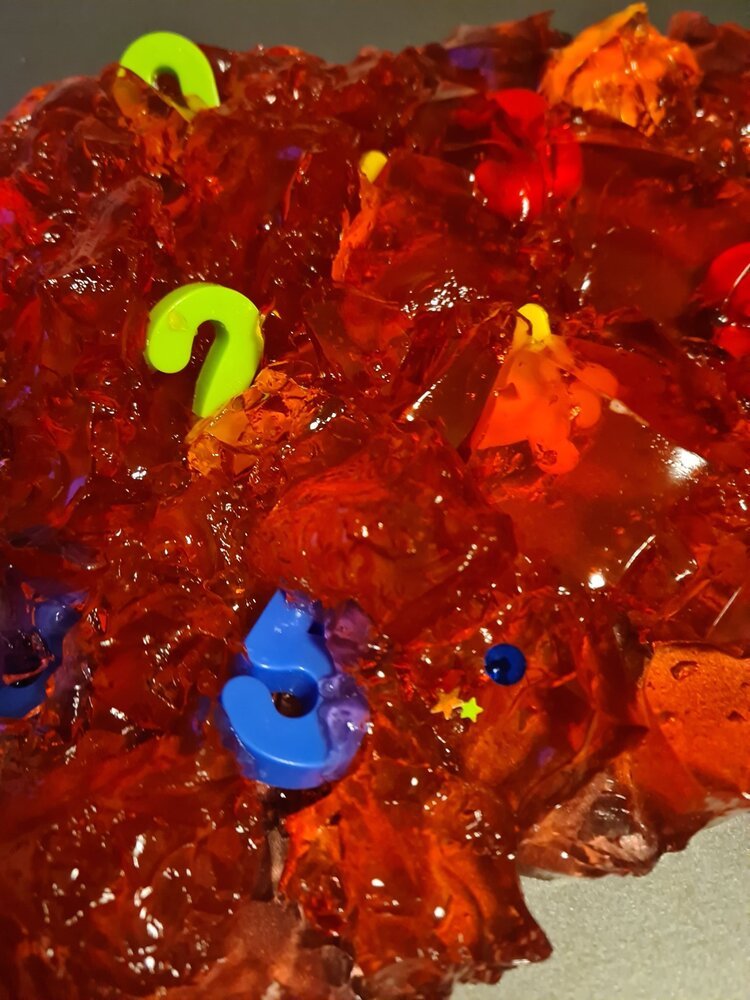

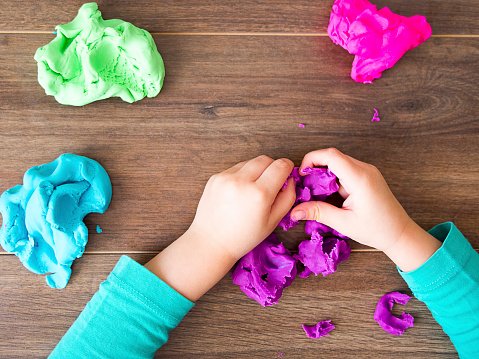
Lasts weeks blog spoke about the intent and reasons behind why settings may choose to implement finger gym as part of their early years curriculum. This week we intend to unpack some of the ways that you may choose to implement finger gym within your setting. All settings are different and unique, and it is important to remember what works for you and your early years setting will not always work for other settings and that is fine. It is about finding things that work for you and being willing to try new activities and ways of implementing early years practise.
Finger Gym Area
Some settings will choose to have an area with your continuous provision, which is set up daily with access to items and activities that have a finger gym area. For example, a coffee table with a challenge of the day, such as, using lollypop sticks to catch bottle lids in a tray of water. Or a small shelf selection with two or three provocations or challenges on the shelfs. Or open-ended resources such as, jumbo tweezers, small loose parts and so on which children can explore in a more open-ended approach to finger gym.
Focused Group Time Activities
Some settings may choose to implement finger gym in a more structured way, by running focused sessions daily. This may be as part of support plans, interventions, or to work with children who have been identified to need support with a certain area of development and learning. Typically, it may be children that you feel need support with their physical development and focus work on their fine motor skills.
Incorporating Finger Gym Throughout Your Continuous Provision
Some settings will opt for introducing finger gym activities throughout their continuous provision and will not have a set space or time for finger gym to occur. For example, whilst following the children’s interests a practitioner, might not that the children are showing a particular interest in spider webs and spiders. She/he may then decide to set up the small world area a web using a linen basket and string and place lots of spiders inside for the children to save with tweezers.
Or it may be that your setting does a mixture of any of these approaches with implementing finger gym. I think when deciding how you are going to implement finger gym in your early years settings it is important to consider the impact that you want to have for the children in your setting, and think carefully about your intent and what you want the children to get out of finger gym sessions or activities in your early years setting.
Join us for our next blog in the series where we hear case studies from some early years settings about their intent, implementation, and impact of finger gym in their setting.
The Intent Behind Finger Gym
Currently in the early years we are thinking a lot about the 3I’s, Intent, Implementation, and Impact. As we saw the introduction of these three terms in the (2019) Early Years Inspection Framework…
Currently in the early years we are thinking a lot about the 3I’s, Intent, Implementation, and Impact. As we saw the introduction of these three terms in the (2019) Early Years Inspection Framework, giving us the fantastic opportunity to reflect on our curriculum and what we want children to learn in the time that they are with us, our pedagogical approach and simply evaluate our practise from every aspect. The 3I’s in their simplest terms, our intent – the reason why we do something, implementation – the how we are going to do that, and the impact the difference our actions make.
Finger gym is a regular part of early years practise with settings across the world having finger gym sessions, activities, or areas as part of your curriculum. Curriculum in its simplest terms is what you want the children to learn in the time that they are with you and the stages that you see children go through. (To find out more about curriculum click here to our ‘Understanding Your Curriculum Webinar’). So, what is the intent the why behind finger gym being part of early years curriculum and practise?
Finger gym was developed with the understanding that in the early years we need to focus on supporting the following skills or abilities in our children:
· Fine motor skills
· The muscles in their hands
· Hand-eye coordination
· Dexterity
· Communication and Language Skills
· Can promote children’s cognitive skills
· Fosters the characteristics of effective learning
With the focus of understanding that these skills are needed for children to be become successful writers and promote physical development. This is because children need those physical, social and communication skills before they are ready to pick up a pen.
Also, finger gym can easily be themed to topics, next steps and current interests of your groups, meaning that you can really tailor your comprehensive finger gym plan to support your individual children and setting. We know when we provide a more tailored activities to children’s interests then we see higher levels of engagement and involvement that result in higher levels of learning.
Keep an eye out for out next blog that will explore the implementation of finger gym, but if you are looking for some ideas before hand check out our 4 weeks of finger gym ideas here.
15 Things To Do With Playdough Before You Are Four
Playdough is a stable part of most of our continuous provision, as part of an area on its own or perhaps within a malleable area. Not only is it a versatile resource it is an inexpensive learning resource…
Playdough is a stable part of most of our continuous provision, as part of an area on its own or perhaps within a malleable area. Not only is it a versatile resource it is an inexpensive learning resource that can be used at home or in an early year setting. Playdough can easily be used to incorporate all areas of learning and help to extend children’s interests, independence, and self-esteem.
Therefore, we have created the following 15 things to do with playdough before the age of 4 years old. A perfect mix of activities and things to start trying in storm Eunice as you batten down the hatches and stay at home. Below is my trusted playdough recipe:
Playdough Recipe:
2 cups of plain flour
1 cup of salt
1 tablespoon of cream of tartar
1 tablespoon of oil
1 cup of boiling water from the kettle
(Optional add food colouring or essential oils)
Mix all the ingredients together and then knead until you have a nice dough.
Also, if want to explore more about developing that playdough provision in your early years setting, why not check out our recent recording of ‘Extending Learning Through Your Playdough Provision’ here.
Why We Are Stepping Up?
You may have noticed our current campaign step up this half-term and join one of the many options of continuous professional development that we offer. Whether that is one of our numerous recordings we now have available, meaning you can listen to them on a day and time that completely suits you. Heck, you can even pause me and come back to it! Did you know that once you have purchased one of your recording packages that download is yours forever? There are no time limits or even limits on how many times you watch it, it is truly yours forever and ever. Or perhaps you want to attend any one of the live events we are putting on this week. Did you know we are doing an incredible 14 live events? This is the week beginning 21st February 2022, we are sorry if this doesn’t coincide with your half-term; but we hope you might still be able to step up with us (on our Suffolk half-term!).
So, why? Good question why is this the week to do more webinars and really take the opportunity to invest in as much continuous professional development as we possibly can. We noticed after a year of doing our online training that we saw an increase of attendance in autumn and spring half-term. We took this as a message your were telling us as a company, we like to do continuous professional development in the half-terms. These have definitely been popular dates. We also appreciate that staffing in the early years sector is hard at the moment, we would even go as far as to say it is becoming a crisis. This makes term dates and training hard to release people during the day, or to exhausting after working so many hours during the day to then think about continuous professional development in the evenings. We really appreciate that we know that managing rotas, covering sickness and the many hats we wear means sometimes we can be to busy for continuous professional development.
As a company we passionately believe in the importance of engaging in training. So we hope this helps you out. By engaging in continuous professional development, it literally does help us to step up. We learn new things, we remember old ideas, we feel refreshed, renewed, we reflect on practise. All of this allows us to step up. To develop our role within our settings, to develop our professional practise and invest in ourselves. And in case you didn’t know it, you are most definitely worth it. So if you want to attend one of our 14 live events, check out what is on below:
Getting the Balance Right Between Continuous Provision and Direct Teaching
The Impact of Covid-19 on Children’s Speech and Language Development
Supporting 2 Year Olds Communication and Language Development
We hope you will join us to step up this half-term.
Pauline
Children’s Mental Health Week
Week Beginning 7th February 2022
The 7th February 2022 marks the first day of children’s mental health week. The theme this year for children’s mental health week is growing together. A rather fitting concept and idea, in the early years we spend a lot of time supporting children’s growth and emotional well-being through our relationships, nurturing, and stimulating environments and through supporting parents/carers. Although, we should be focusing on children’s mental health all year round, heading into next week is a great time to focus on how we support children’s emotional growth, as well as their physical and cognitive growth in the first 5 years of their live.
A lot of the research around children’s mental health out there is about children over the age of 5 years old. For example, we know that 1 in 6 children between the ages of 6 and 19 years old suffer with their mental health (Anne Longfield, Children’s Commissioner 2021). This is a shocking difference to 2017 figures of 1 in 9 children suffering with their mental health, this is an issue that deserves it time, reflection, and dedication to support our children. More and more, although it is not discussed as much, I hear practitioners talking about children who are experiencing mental health problems in the early years.
So, this mental health week I am going to encourage you to take the time to reflect on your practise and consider how are we supporting the mental health of children in the early years. Especially, focusing on this year’s theme ‘Growing Together’. When it comes to emotional growth, it doesn’t stop when we become adults it is a lifelong journey, but the children do start that growth and all-important foundations when they are with us in the early years. Foundations that will be built on for many years to come. And a pivotal part of that is learning to identify, talk about and recognise our emotions.
Places2be have developed some lovely resources for children’s mental health week, focusing on growth. These can be found by clicking here. For example, using stories about growth such as the very hungry caterpillar and taking the opportunity to talk to children about their own growth from birth to now. As well as resources from previous years that can be adapted for early years settings.
We also have some resources available on our website that can help you to support children’s mental health, emotional well-being, and personal social and emotional development in the early years. You can find these in our online shop by clicking here.
National Story Telling Week
29th January 2022 to 5th February 2022
Saturday will mark the start of this years, National Story Telling Week (NSTW). Quite often when we think about story telling we think about story time, with children sat on the floor listening to an adult read a book. This is not a wrong viewpoint, however, story telling goes beyond those books that we have written down. All of us enjoy listening to stories and even telling stories, even if it is about what Aunty May did last weekend or our recent holiday.
Stories are an important part of society, for generations we have passed stories down from generation to generation, with our traditional tales or folk laws. Families full of giggles as we sit and make up stories, as we share and enjoy time with one another or the bad Dad jokes that we are all familiar with. To a child reliving their experiences and acting them out in the role-play. Or even the words of songs that tell us a story, we see ourselves in them and we apply meaning or an interpretation of that music. Story telling can come in many forms and fundamental to our culture, cognition, literacy, and language development.
Often within my role as an early year’s consultant, but also in my years of experience working within nurseries I would hear the phrase “but I am not a good storyteller”. This makes my heart heavy, because I belief that everyone in society could tell a story, be a storyteller, not just authors and acclaimed writers, or performance artists. However, I know that for some people this can be a daunting experience. This is one of the reasons I developed the online webinar, ‘Developing the Storyteller Within’. (You can find out more by clicking here).
So, with NSTW fast approaching us, it made me consider this topic again. Perhaps with a renewed excitement and passion. We all have a personal story to tell, we all tell a story each day, even if we don’t realise it. For example, “You will never guess what…”. Or the classic, “The wind will change, and your face will stay like that”. These are all the beginnings of stories, or the end of stories handed down from generation to generation. So, let’s think about the power of harnessing those stories, sharing them with children but also developing stories alongside children.
We know that story telling can support children’s senses of belonging, personal social and emotional development, communication and language development, problems solving, literacy skills, and help them to work through those difficult situations they may encounter within their lives. Although, we know the benefits to our children’s learning and development, as well as well-being it can still be a daunting task of where to start in your early years setting. With this in mind, I have shared 3 starters to developing your storyteller within alongside the children.
1. The story telling bag – this is a great activity for circle time or small group time with children to help get them involved in telling stories. In the story telling bags have different characters (e.g., people, animals, or mystical creatures) and pictures or items for setting or events (for example, photo of the beach, or fake snow). Start by taking something out of the bag and beginning to tell a story, before passing it onto a child to add to the story taking something out of the bag and continuing the story.
2. Hot seating – hot seating is a popular way of getting children who are familiar with stories to explore characters and develop narratives. One person pretends to be someone from a story and other children ask questions, e.g. “Why did you go into the 3 bears house?” This gives the children the opportunity to develop the story more and think of their own responses.
3. What happened next – start at the end of a familiar story and think about what might happen next. For example, “What happened after Goldilocks ran out of the 3 bears house?”
I hope this gives your inspiration to join in some story telling with your children for NSTW, keep your eyes peeled for our activity pack we will be realising in the next few days ‘Telling Your Story for National Story Telling Week’.
